
When the Mood Strikes

One of my favorite parts of my job at RAREculture is creating conceptual decks for clients. Before we ever talk about dimensions or budgets, I get to build a feeling—an atmosphere, a narrative—for what the art in a space could be. It’s a visual storytelling process, part dream, part direction.
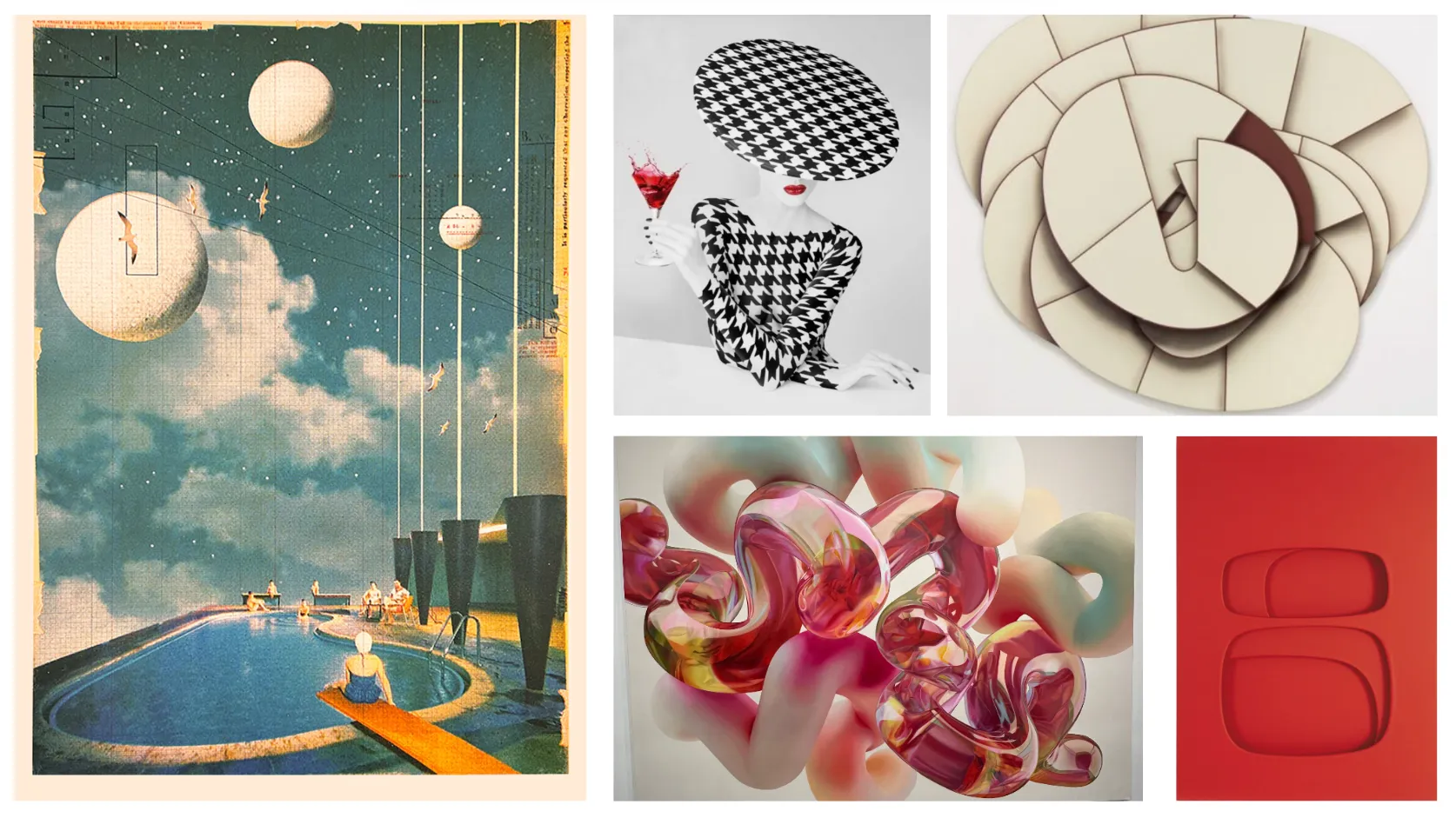
This weekend, I was reminded that moodboarding isn’t just for clients or creative briefs. It’s for your life, too.
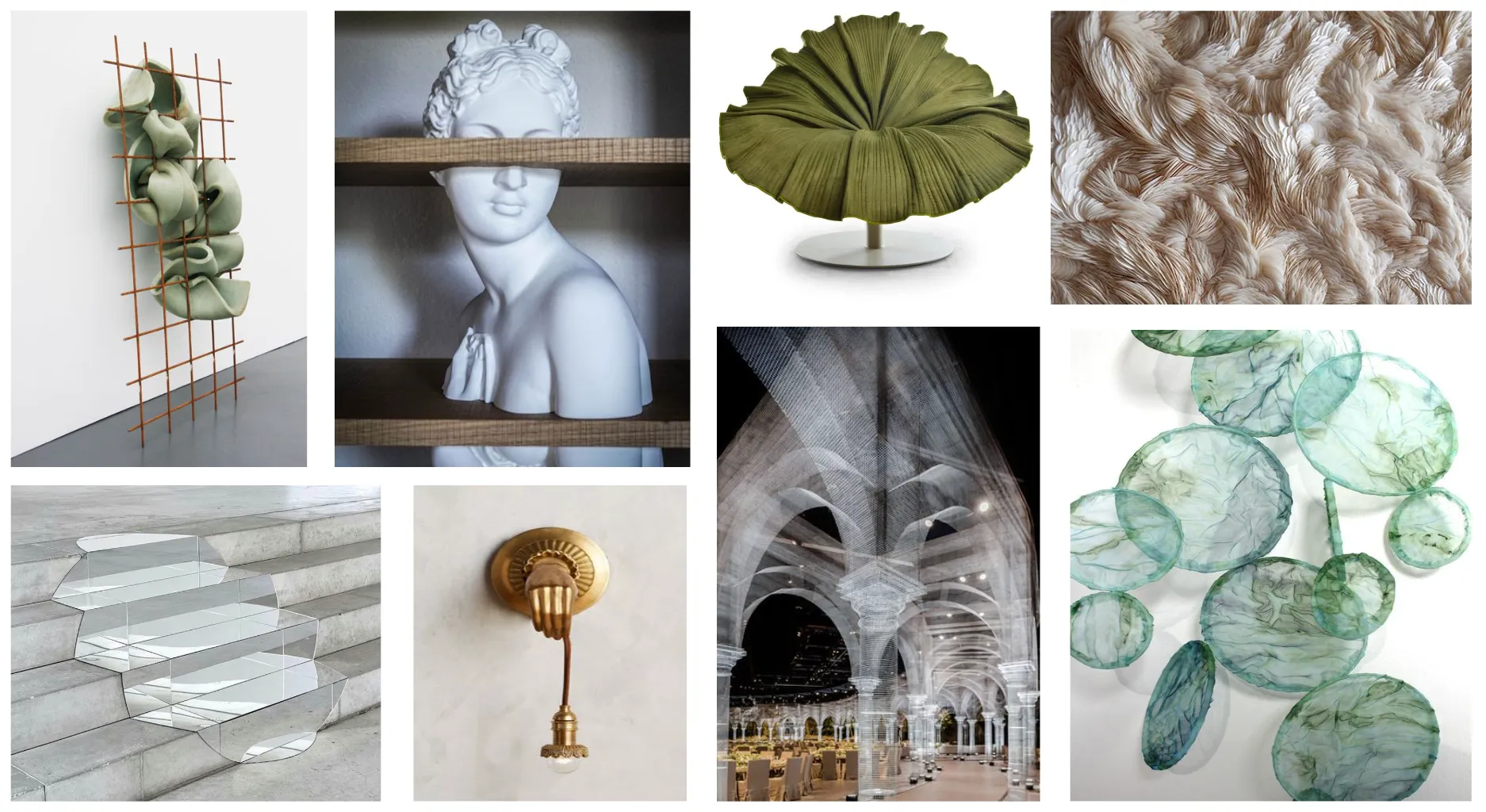
I was at my friend Chloe’s house in Sag Harbor. The day was gloomy, the beach wasn’t calling, and instead of letting the weather dampen the vibe, Chloe hauled in a giant bag of old magazines, scrapbooking tools, and collage materials. Suddenly, the living room turned into a mood lab. We snipped, pasted, laughed, and intuitively arranged pieces of paper into portals for how we wanted to feel.
And it struck me:
Moodboarding isn’t just about aesthetics. It’s a method of emotional clarity.
A way to get unstuck.
To see your next chapter before it arrives.
To move toward it—one image at a time.
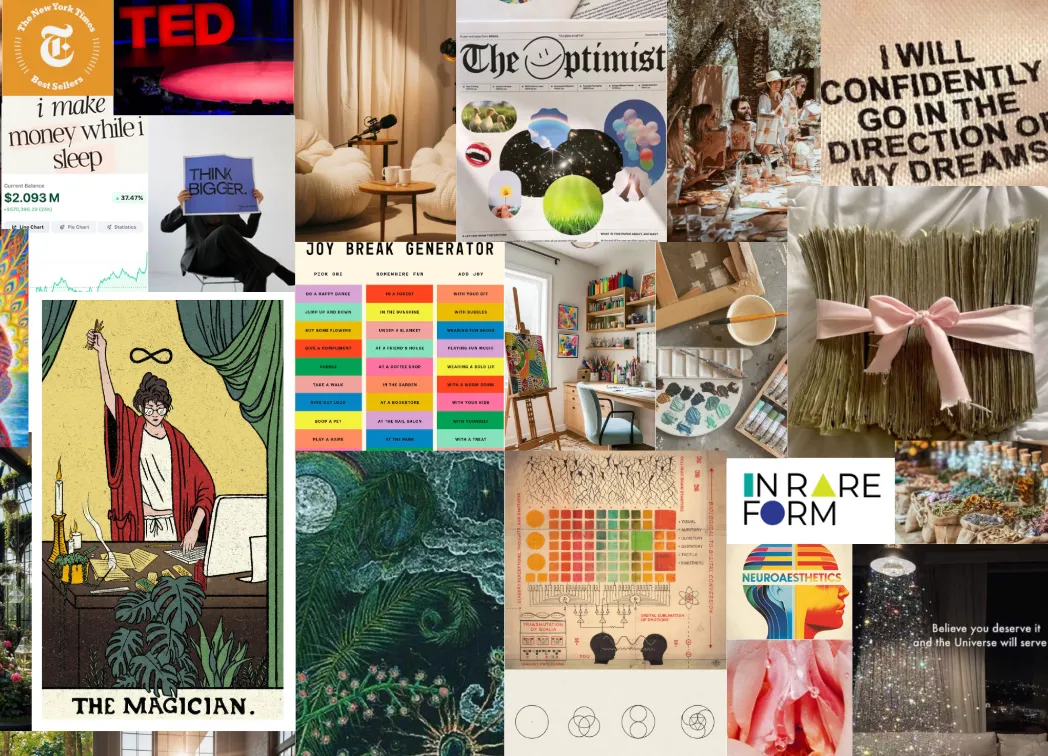
What the Brain Sees, It Believes
Our brains don’t fully distinguish between lived and imagined experience. Visualization—especially when paired with physical action—primes the brain for new emotional states and behaviors.
When you build a moodboard, you activate the default mode network (the part linked to daydreaming and future planning) and the limbic system (which processes memory and emotion). You’re not just cutting and pasting. You’re rehearsing alignment. You’re rewiring perspective.
According to Dr. Cathy Malchiodi, a leader in art therapy research, visual storytelling can regulate the nervous system, lower cortisol, and promote what she calls cognitive reorganization—a fancy term for getting mentally unstuck.
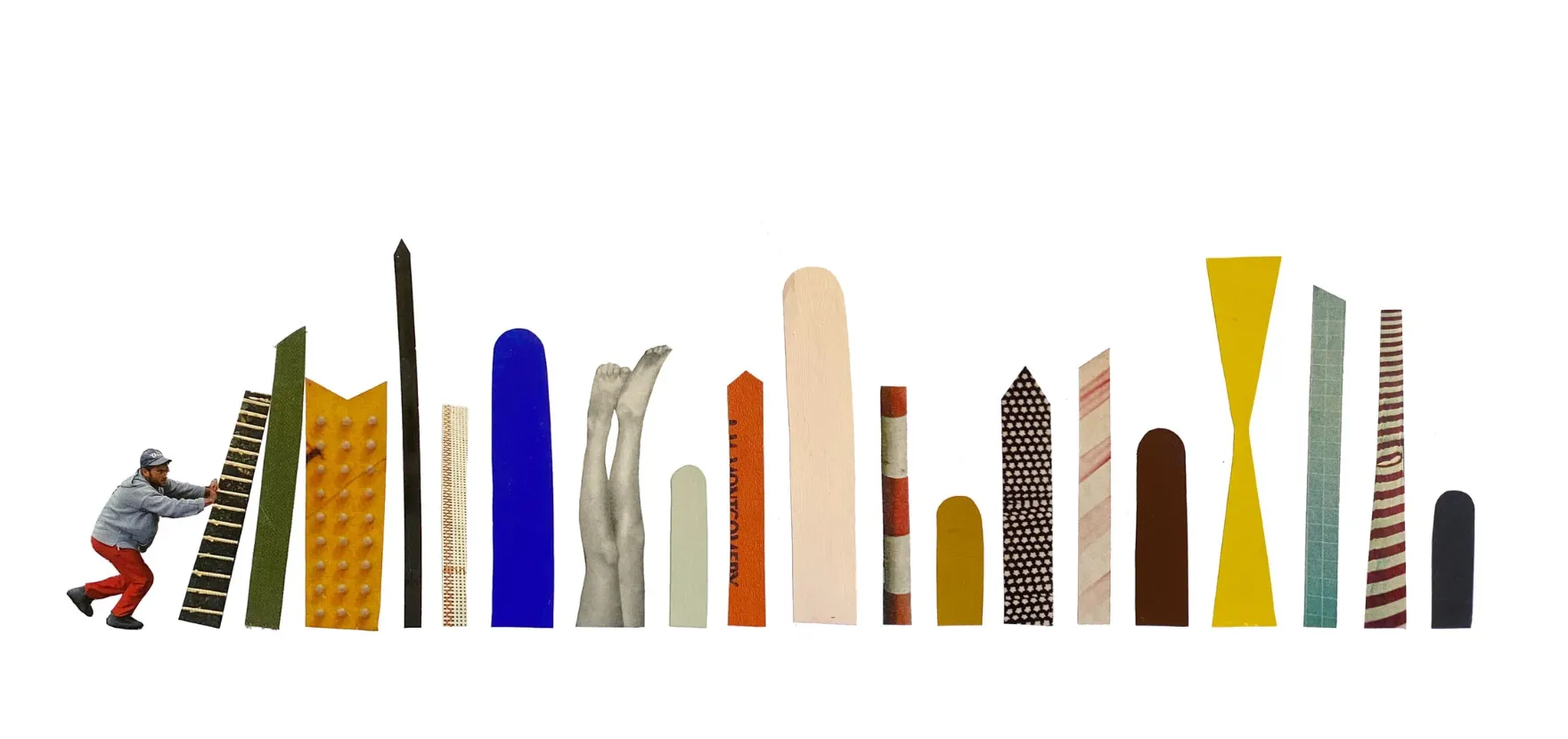
Ways to Moodboard Your Mood
Mirror it: Gather imagery that reflects what you’re currently feeling—grief, nostalgia, joy, confusion—and let the board hold it with you.
Modulate it: Build a board that nudges you from one emotional state to another—anxiety to calm, fatigue to inspiration.
Cast the vision: Let your board become a compass. What images evoke your next chapter? What feels like expansion, lightness, or peace?
Make It Tactile, Make It Real
Yes, Pinterest is great. But don’t sleep on scissors, old magazines, and glue. Physical materials engage more of your senses, which deepens emotional integration. Add texture: fabric scraps, matchbooks, dried flowers, perfume samples.
You don’t need training. Just curiosity—and maybe a shoebox of memories.
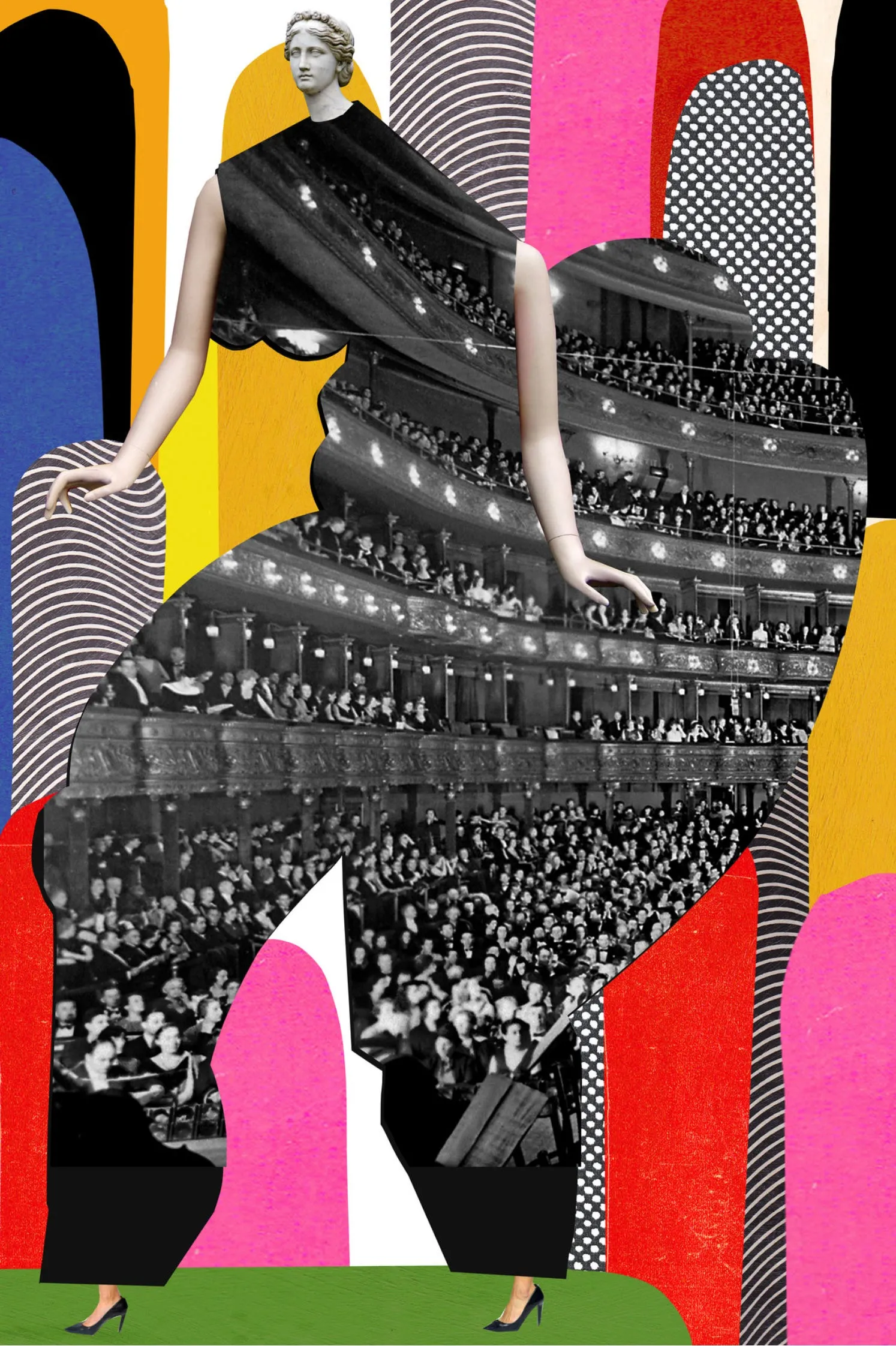
Beauty Is Brain Food
We process images 60,000x faster than text. And beauty—especially visual harmony—activates the brain’s reward system, releasing dopamine. According to neuroaesthetics research, this can enhance focus, improve mood, and build emotional resilience.
Beauty isn’t fluff. It’s medicine.
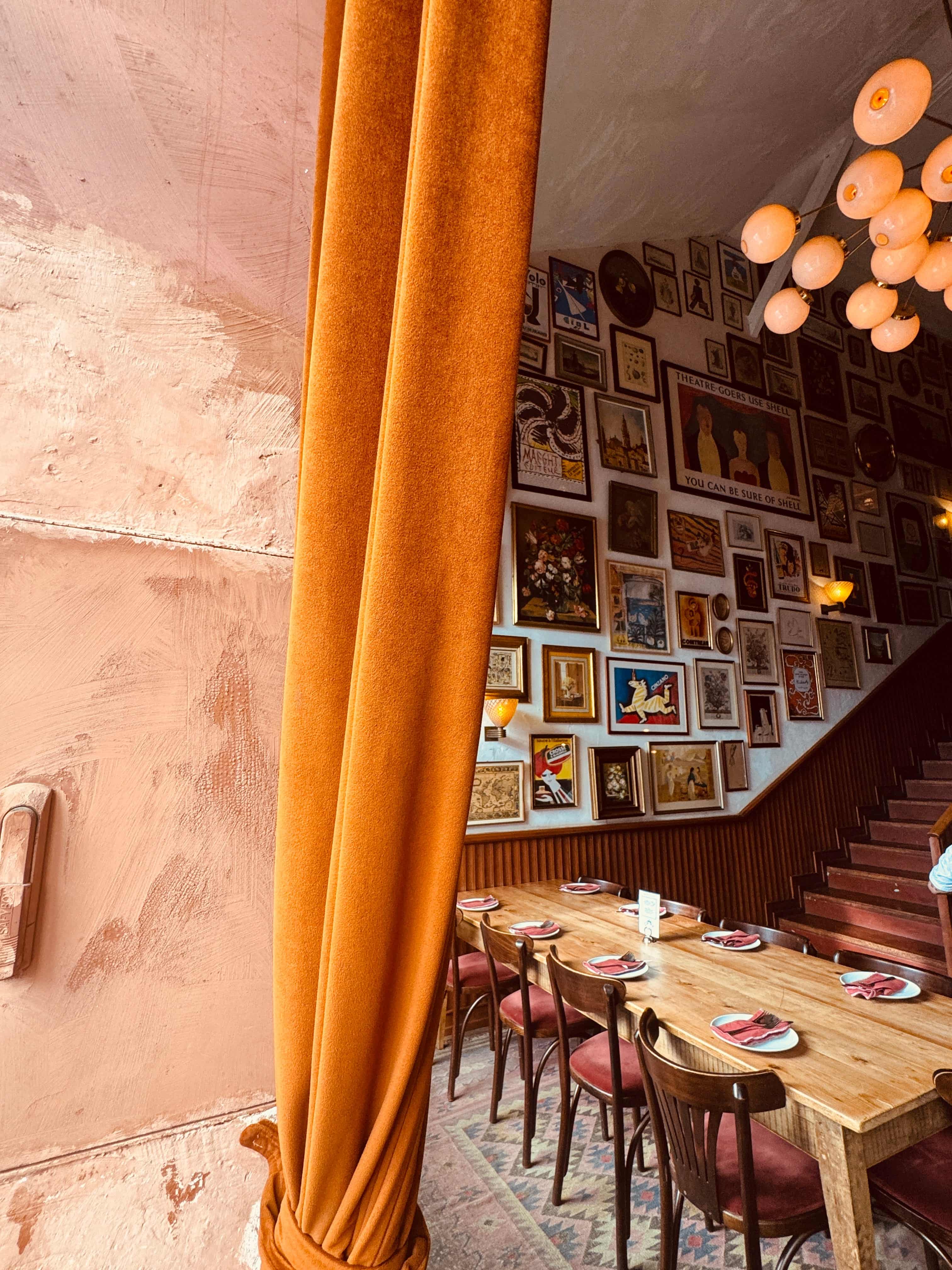
Final Thought
It’s hard to move forward when your thoughts are running circles around you.
But vision lives outside the mind.
Sometimes clarity comes when you take it out of your head and put it in front of your eyes.
A moodboard isn’t about perfection—it’s about direction.
What do you want to feel more of? What’s missing? What’s waiting? (Tell me in the comments! )
When you name it with images, patterns start to form.
And from there, the next step usually reveals itself.
💌
Elle
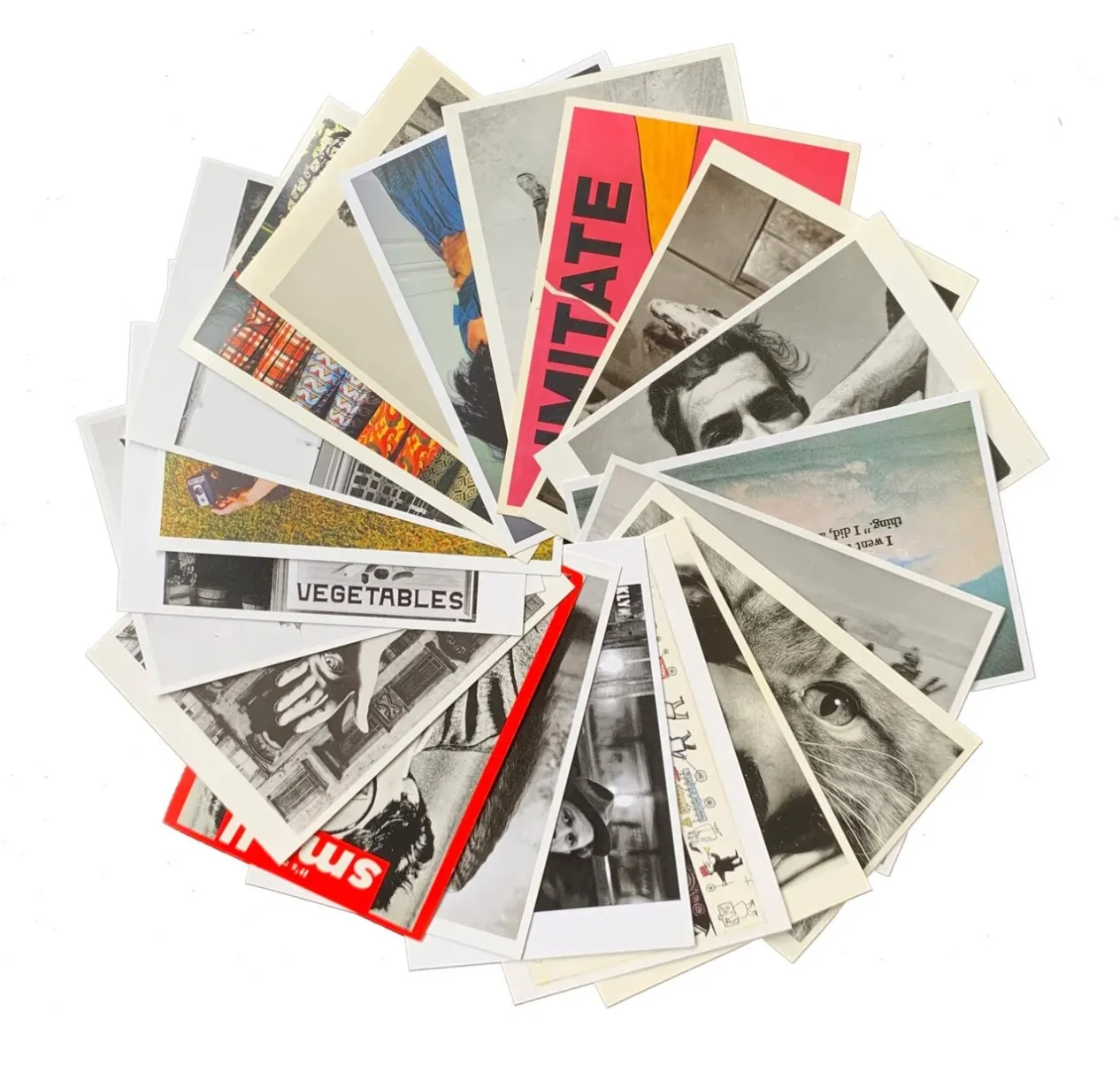



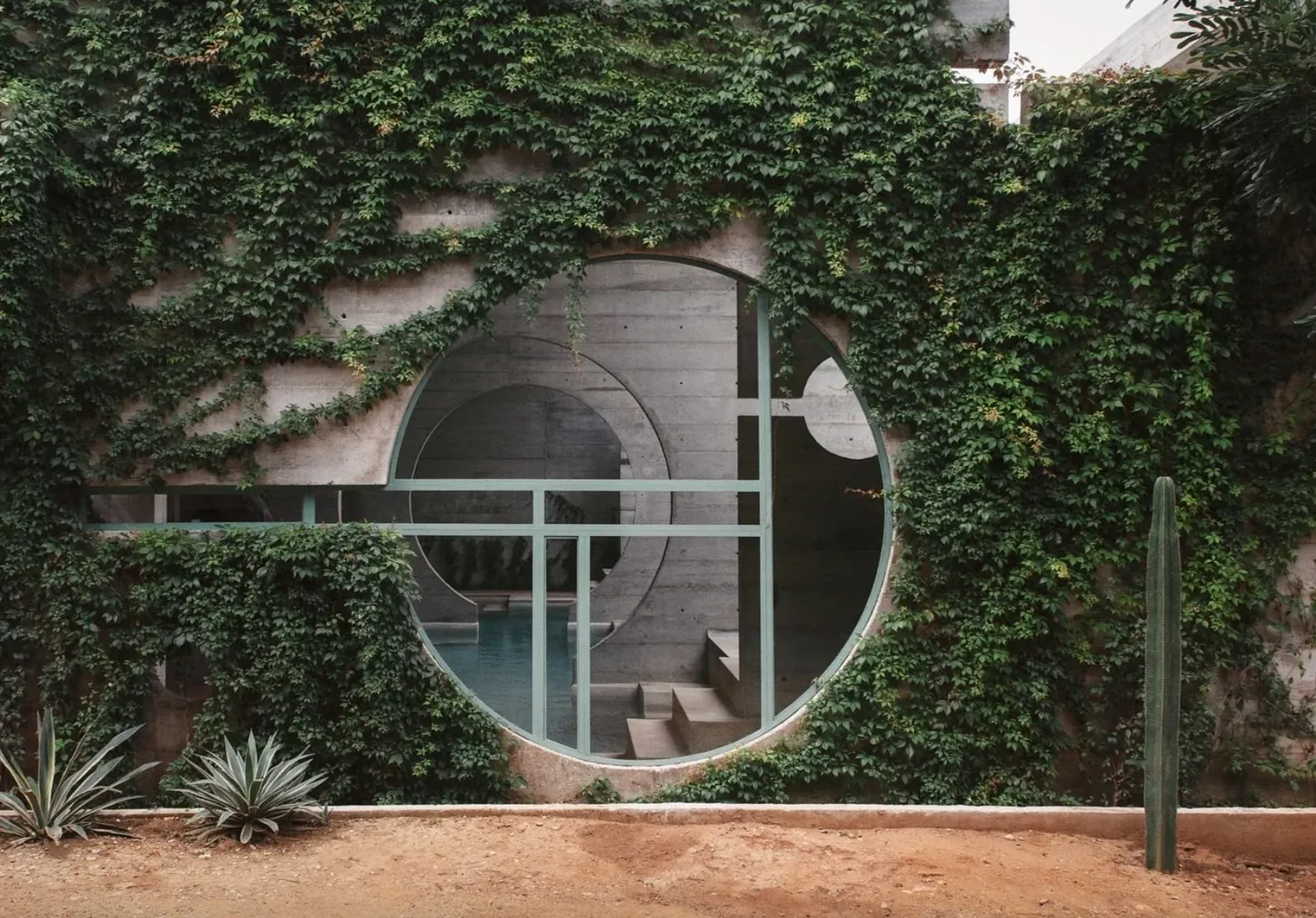
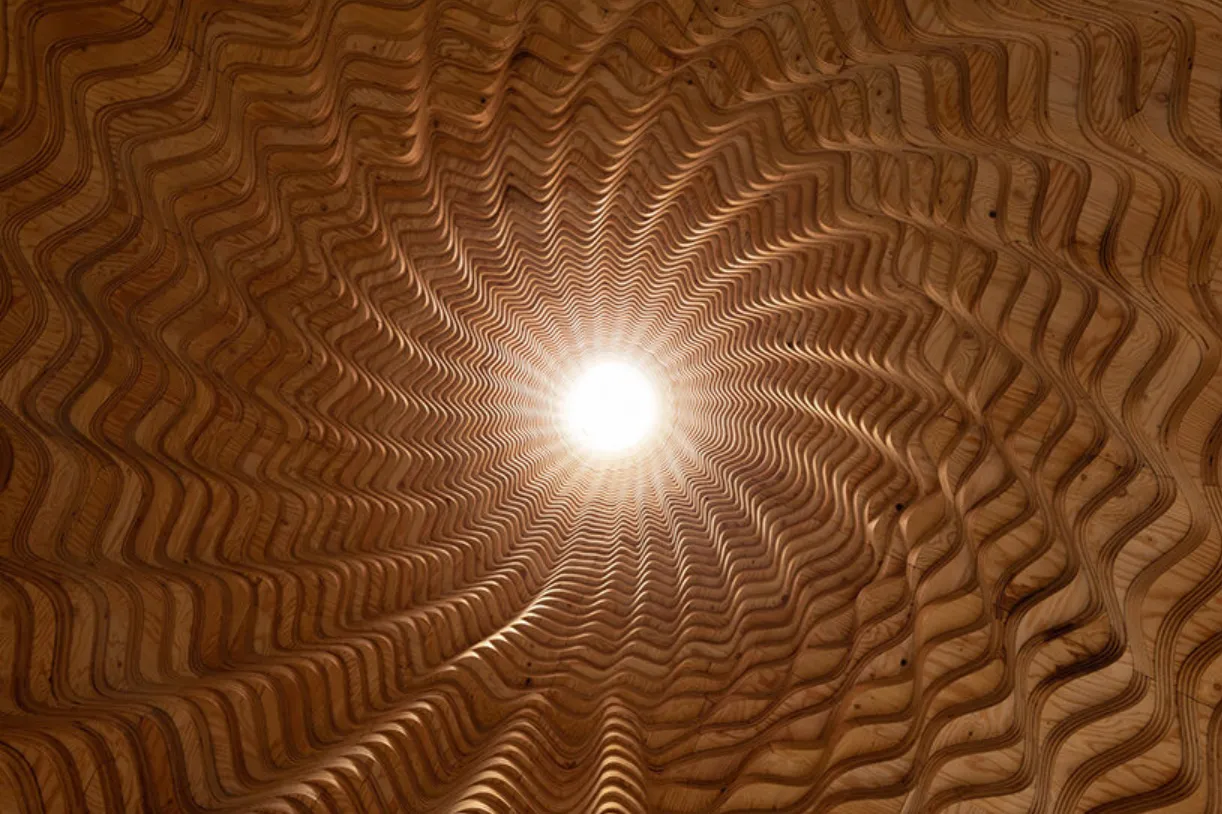
.svg)
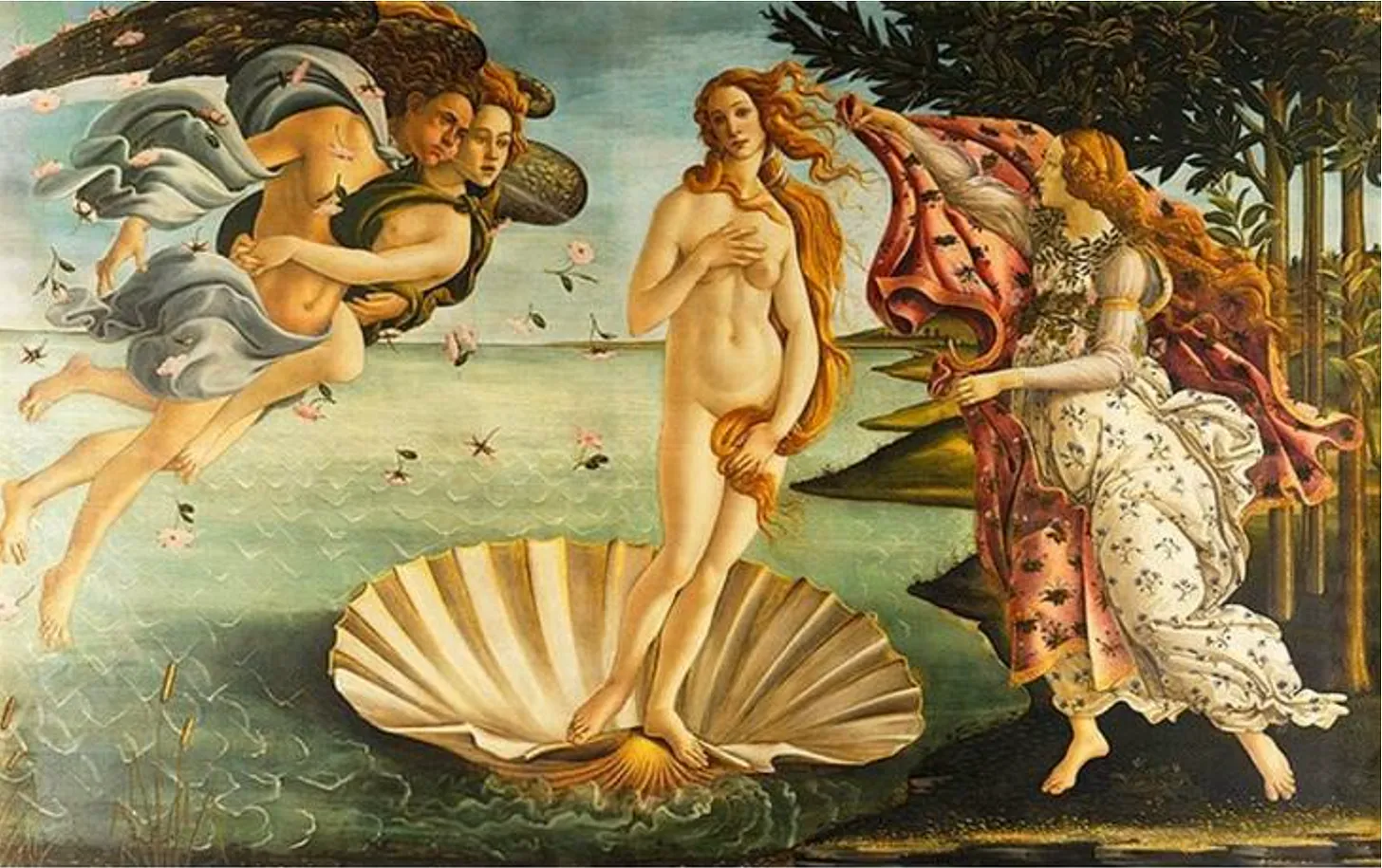
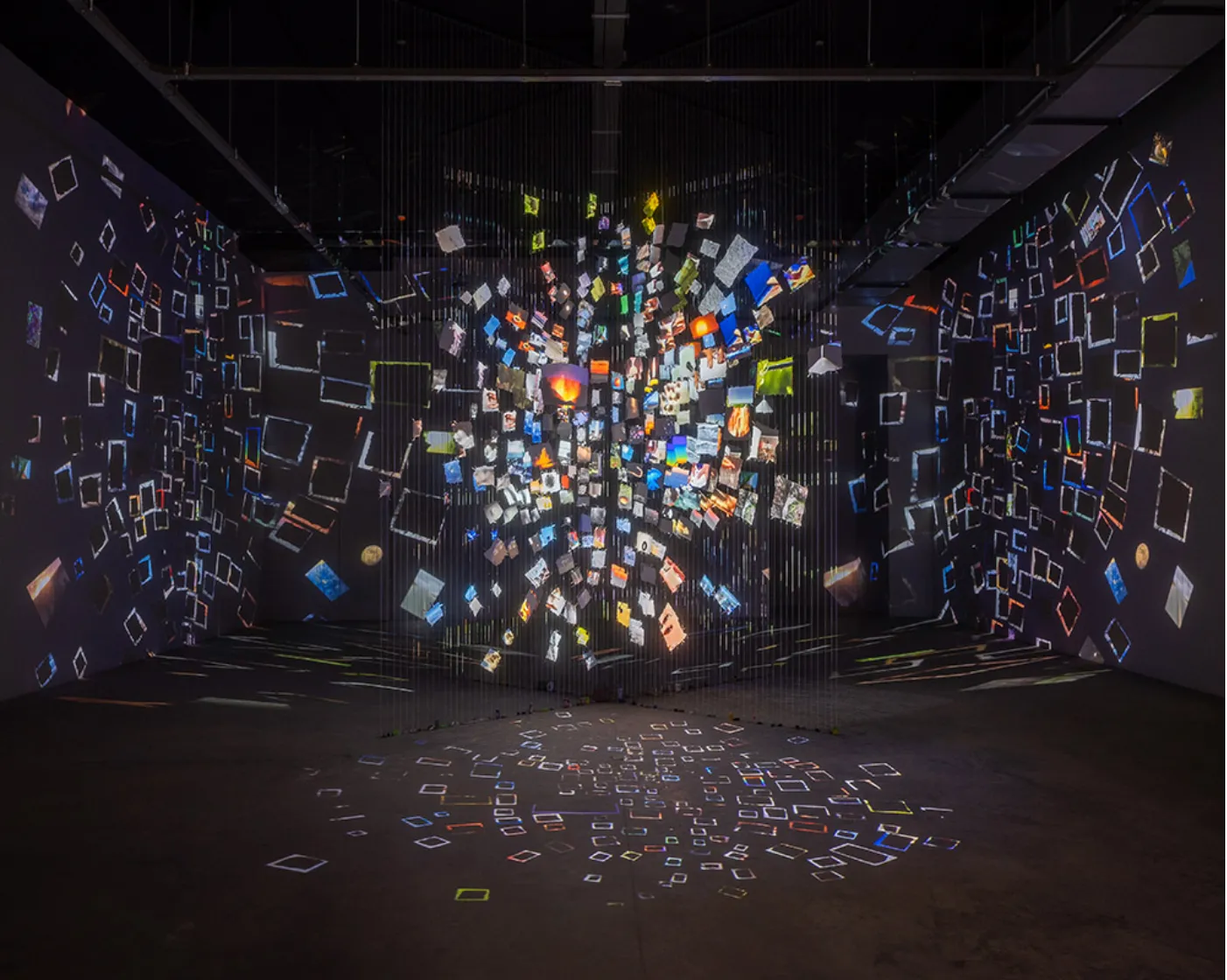
.svg)
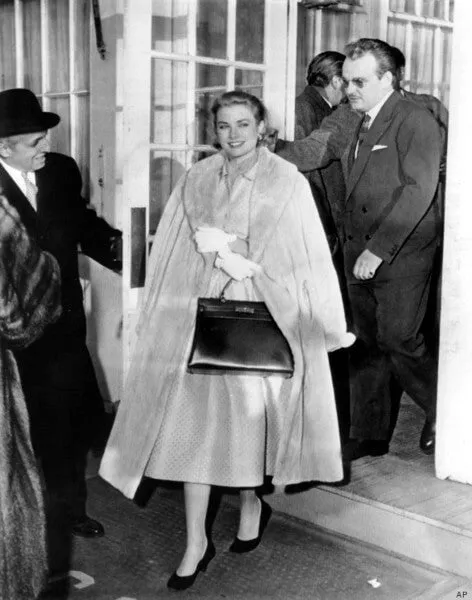
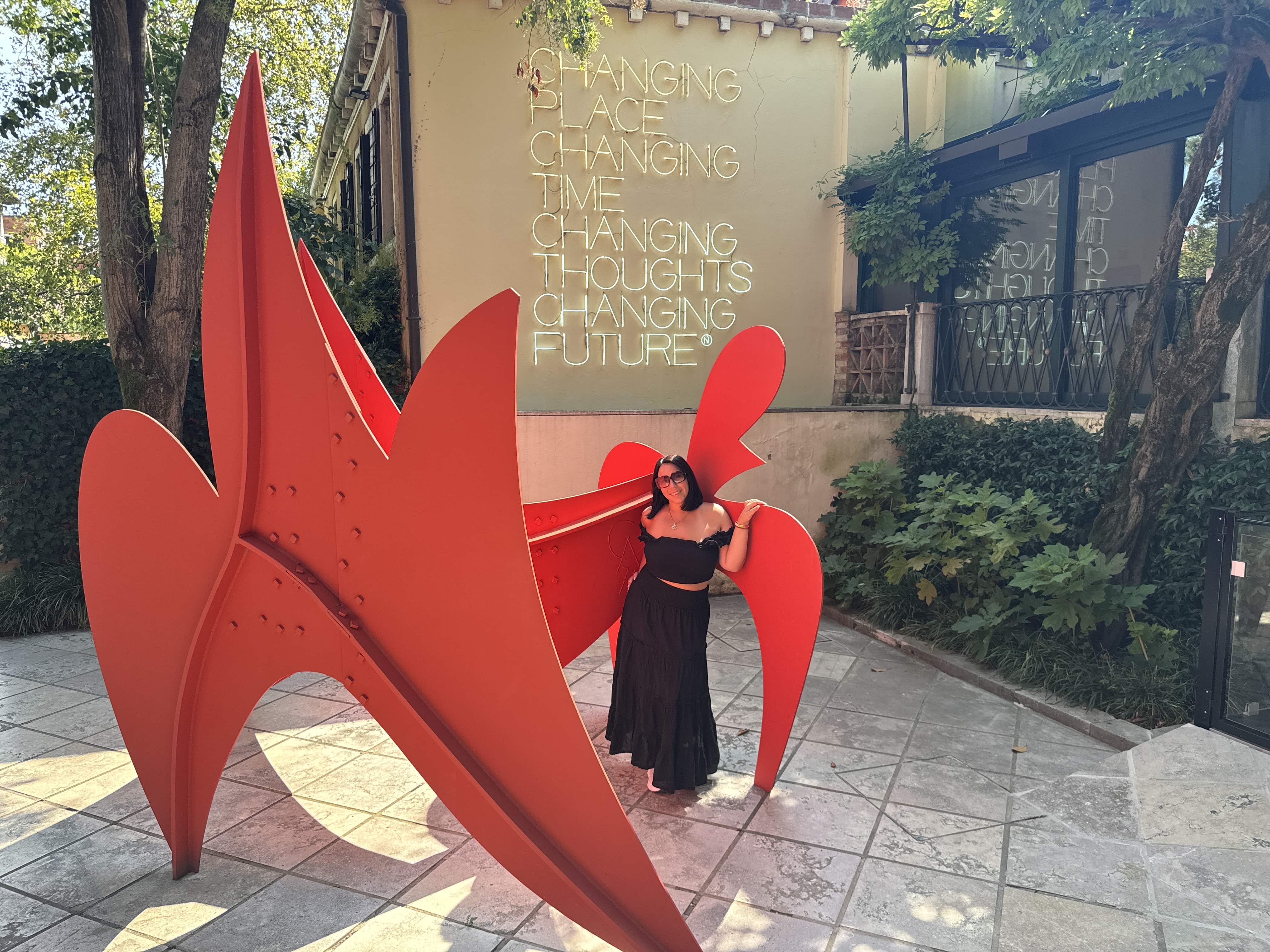
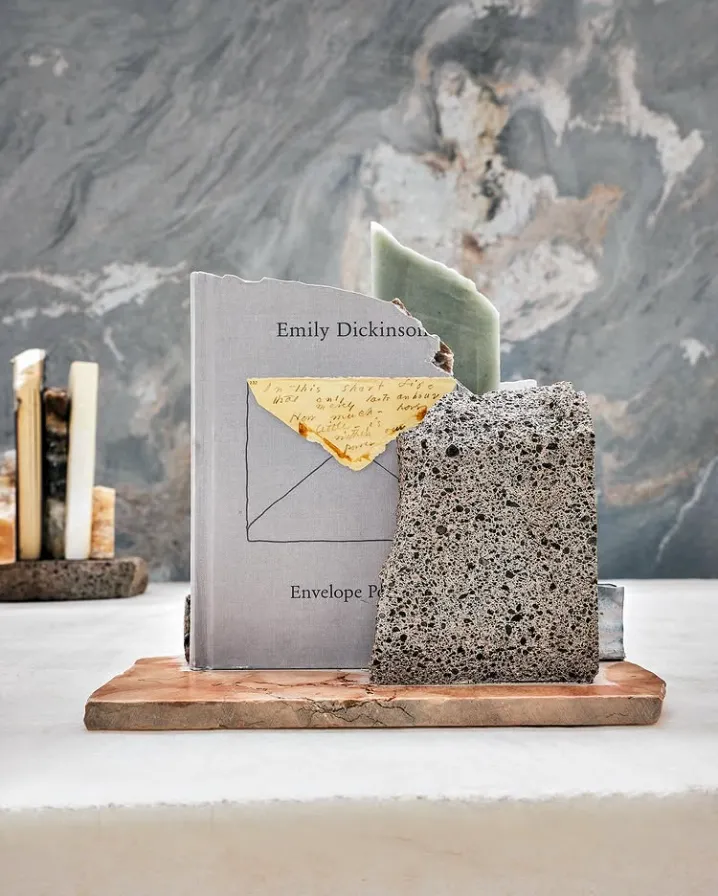
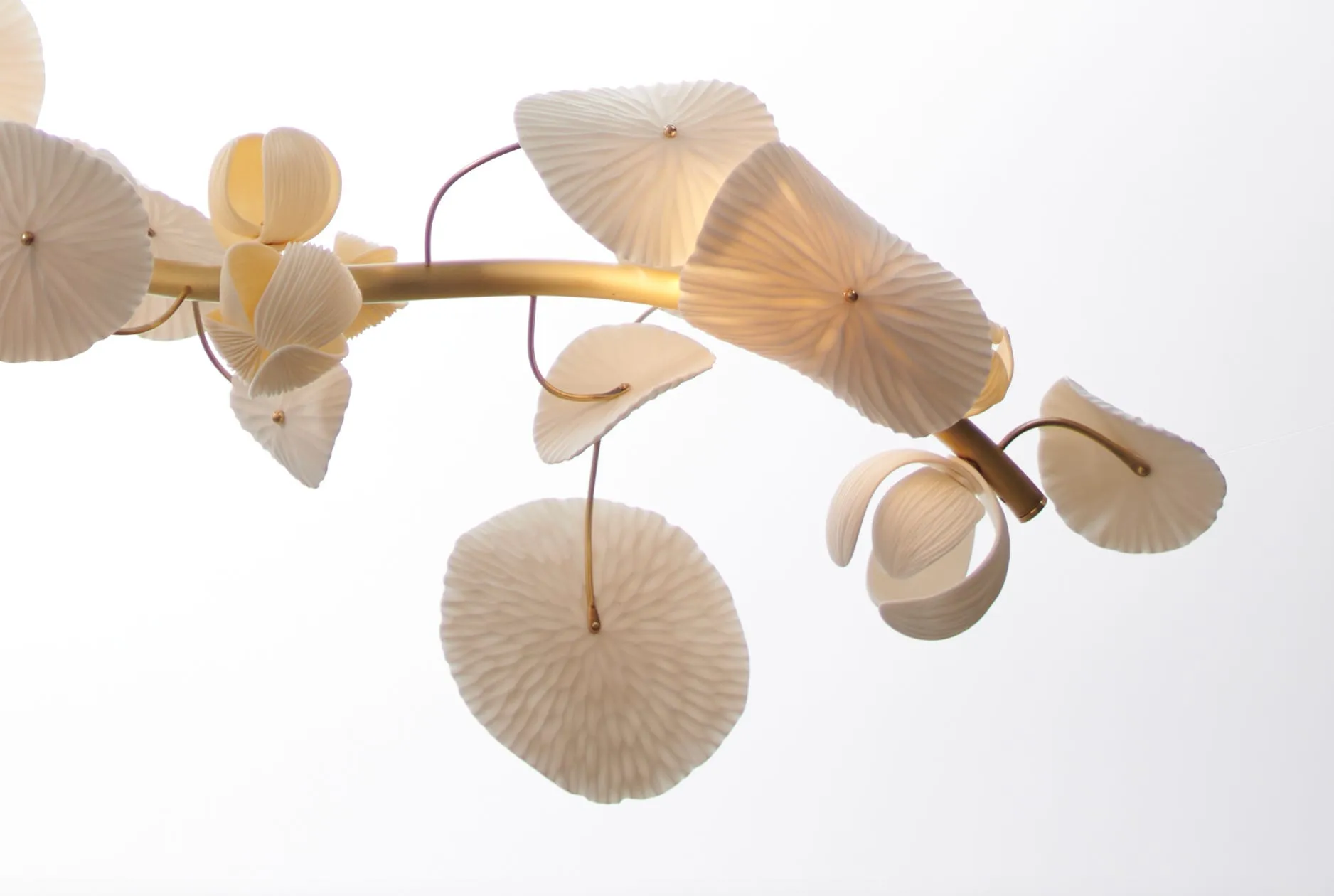

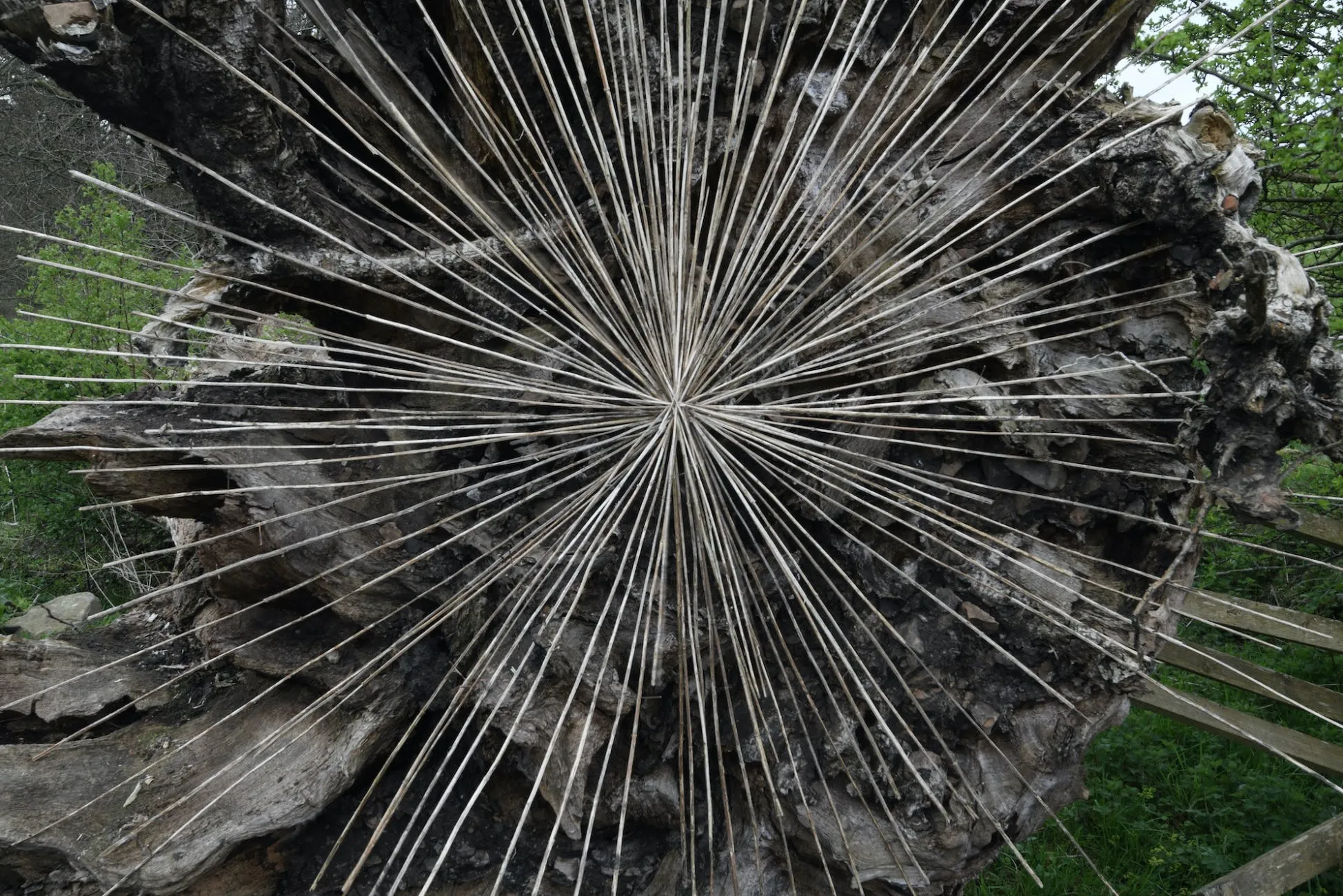
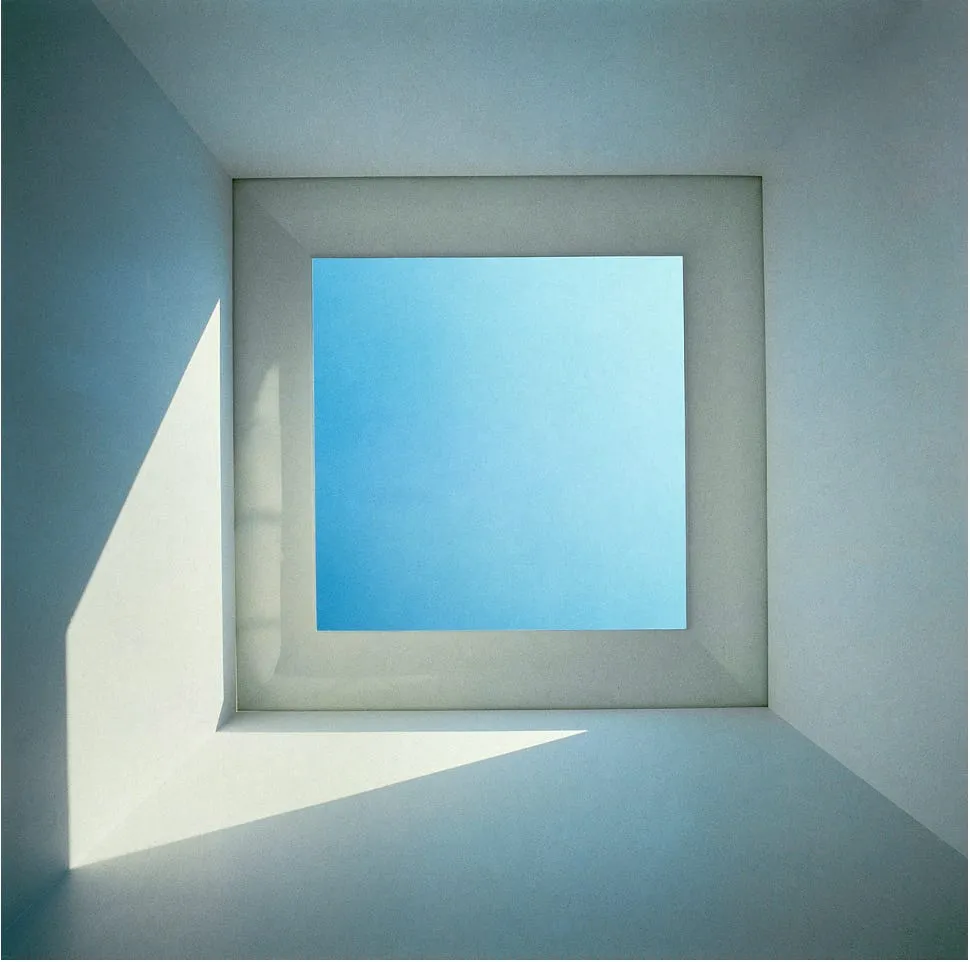
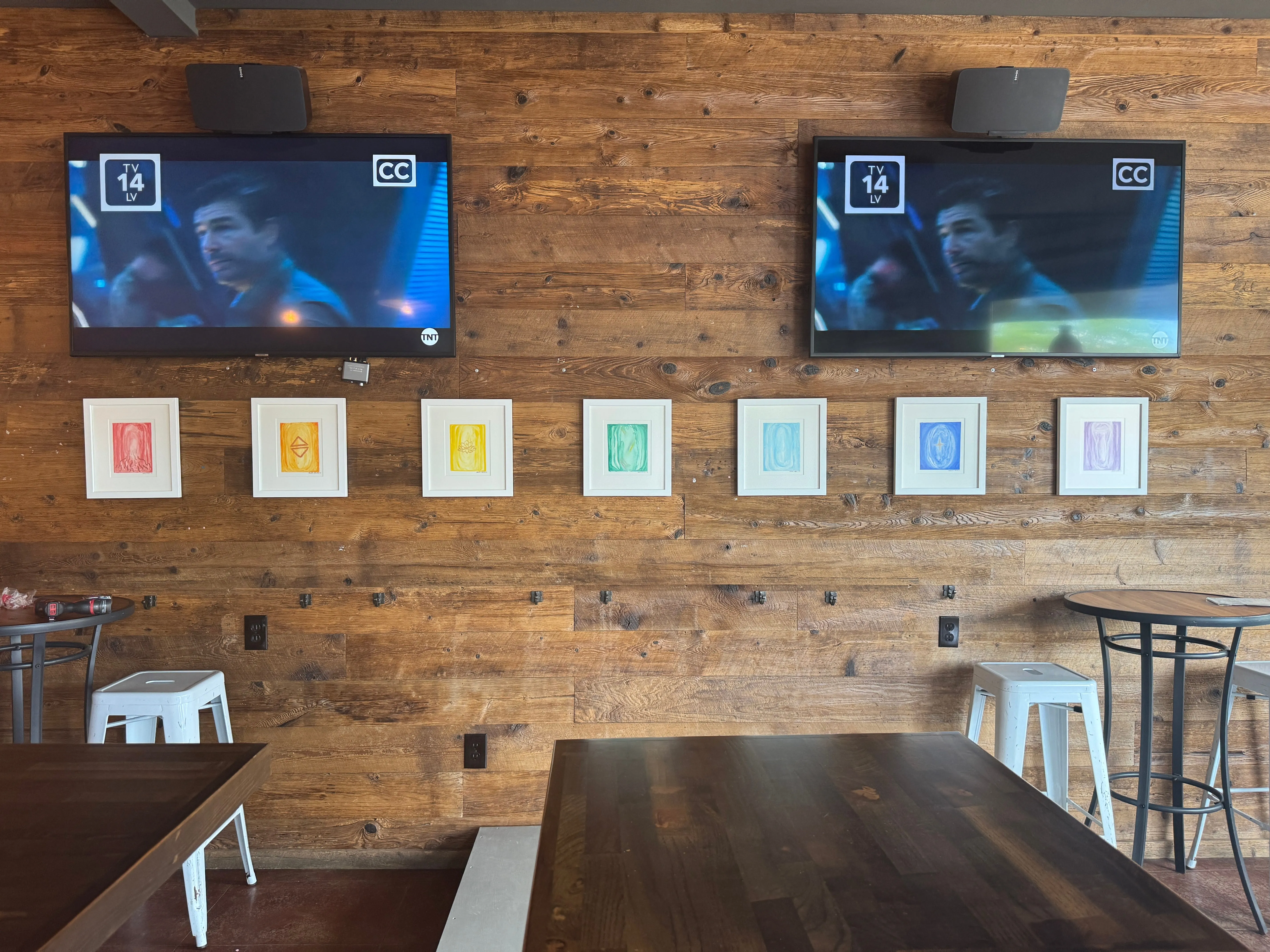
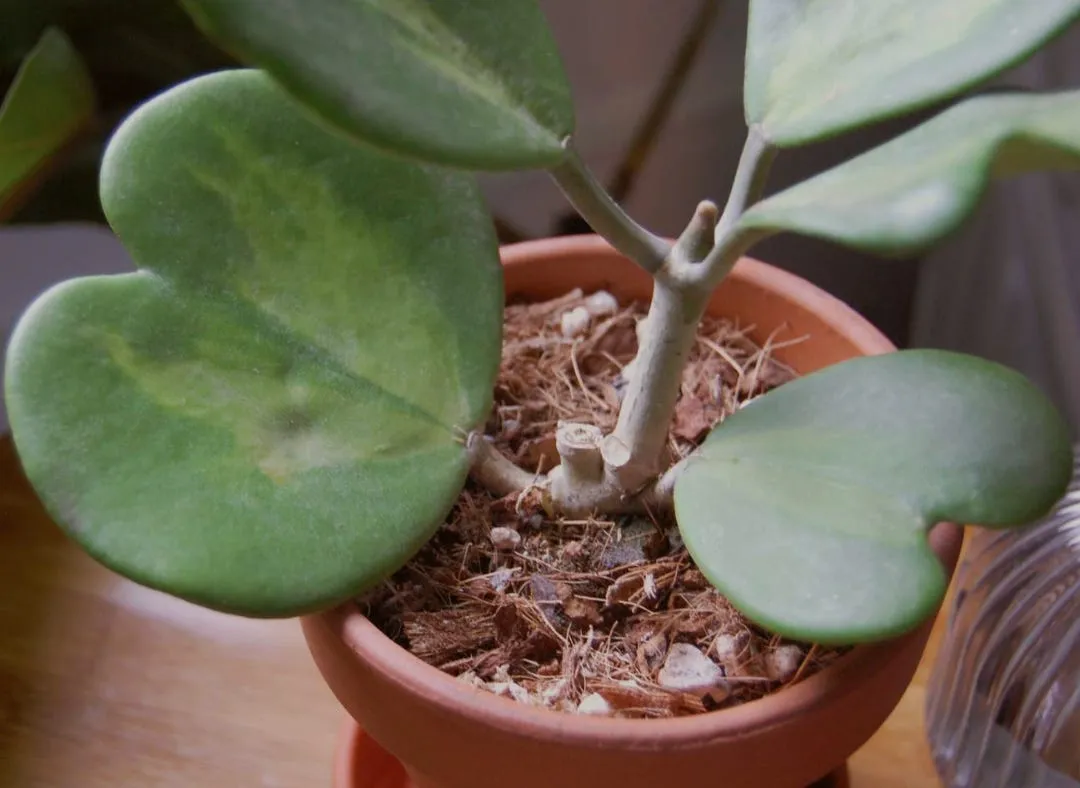
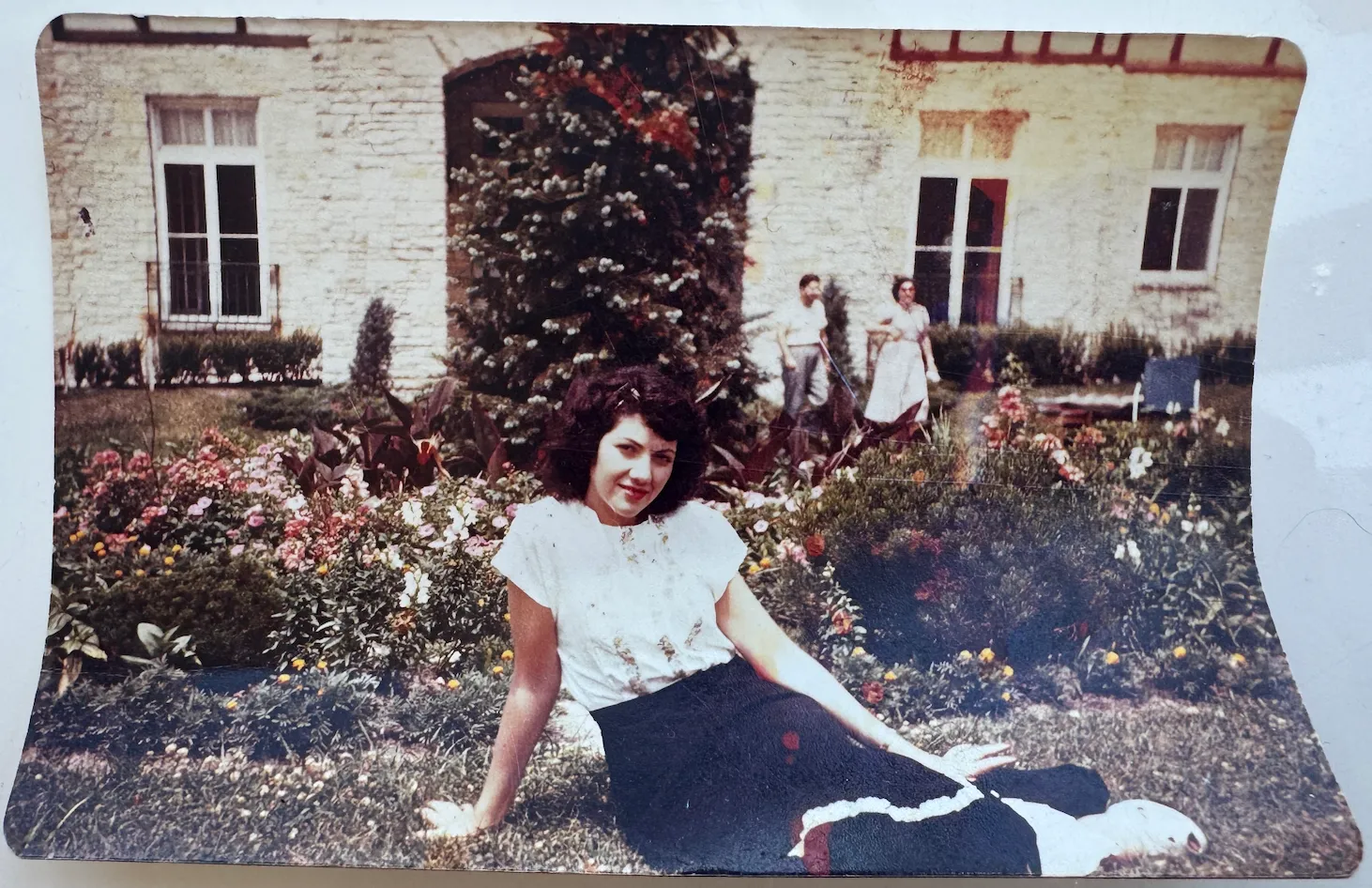

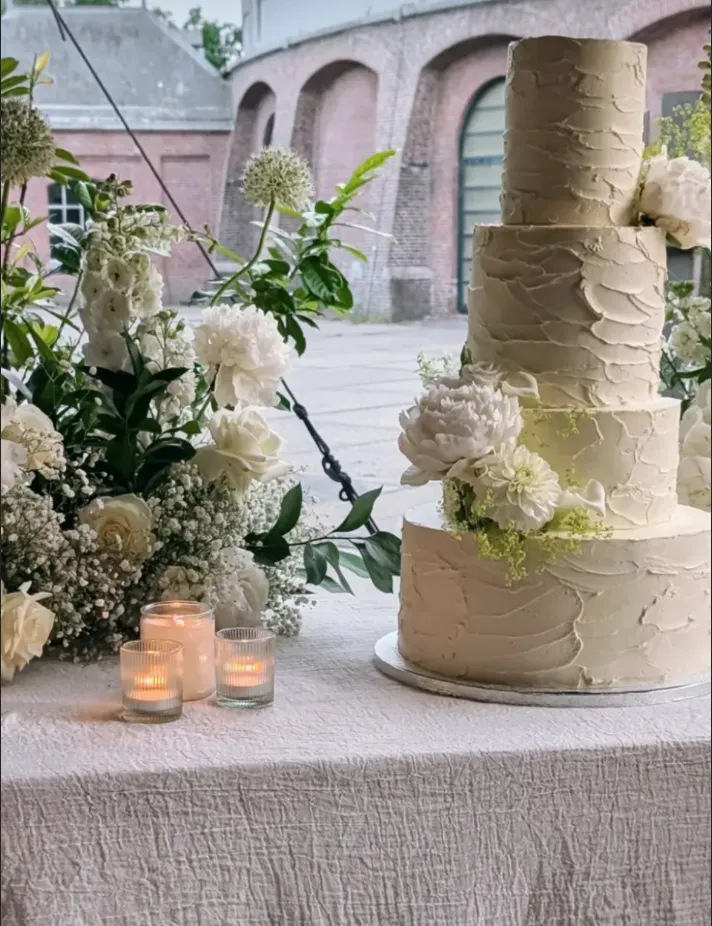
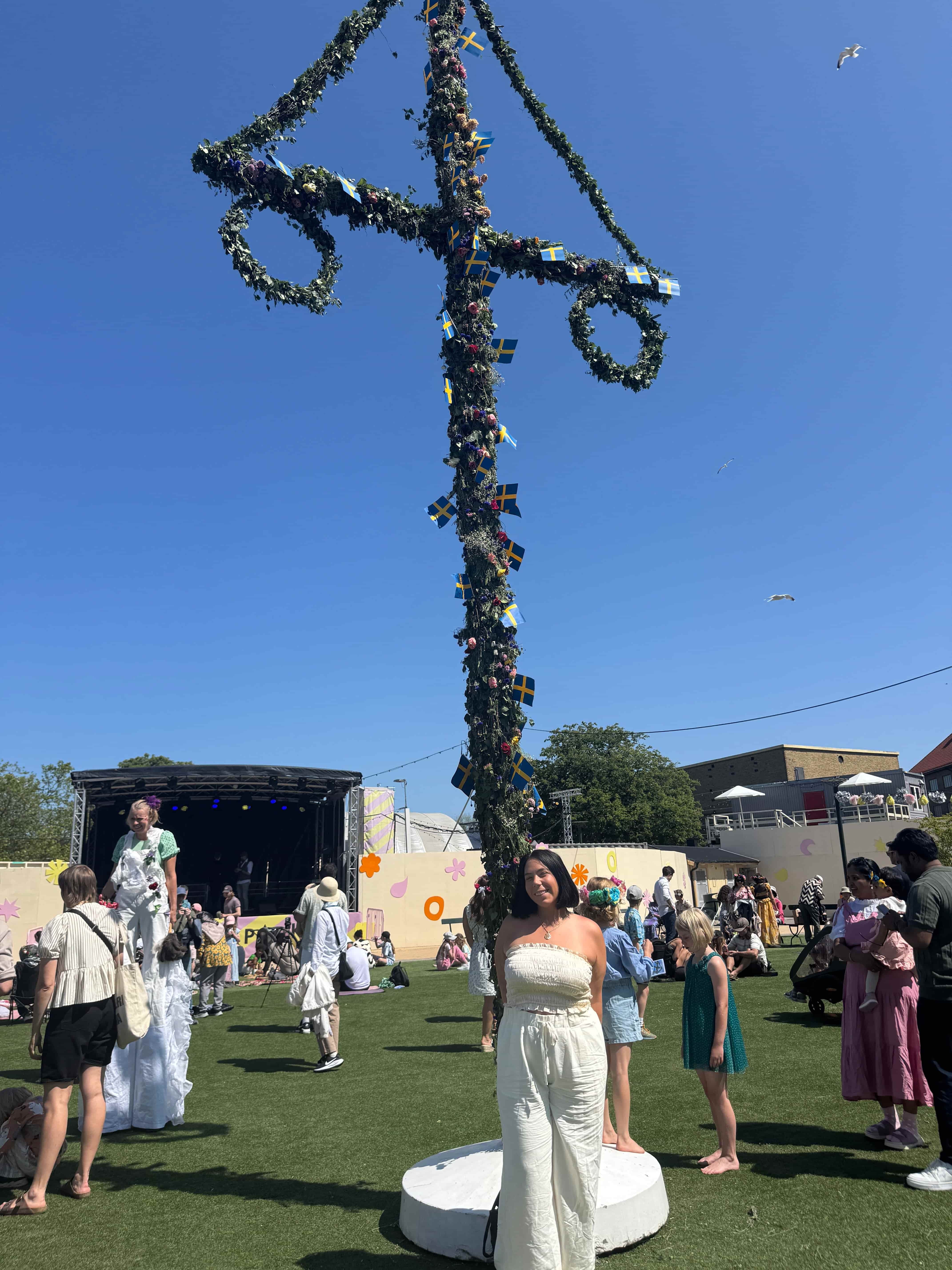

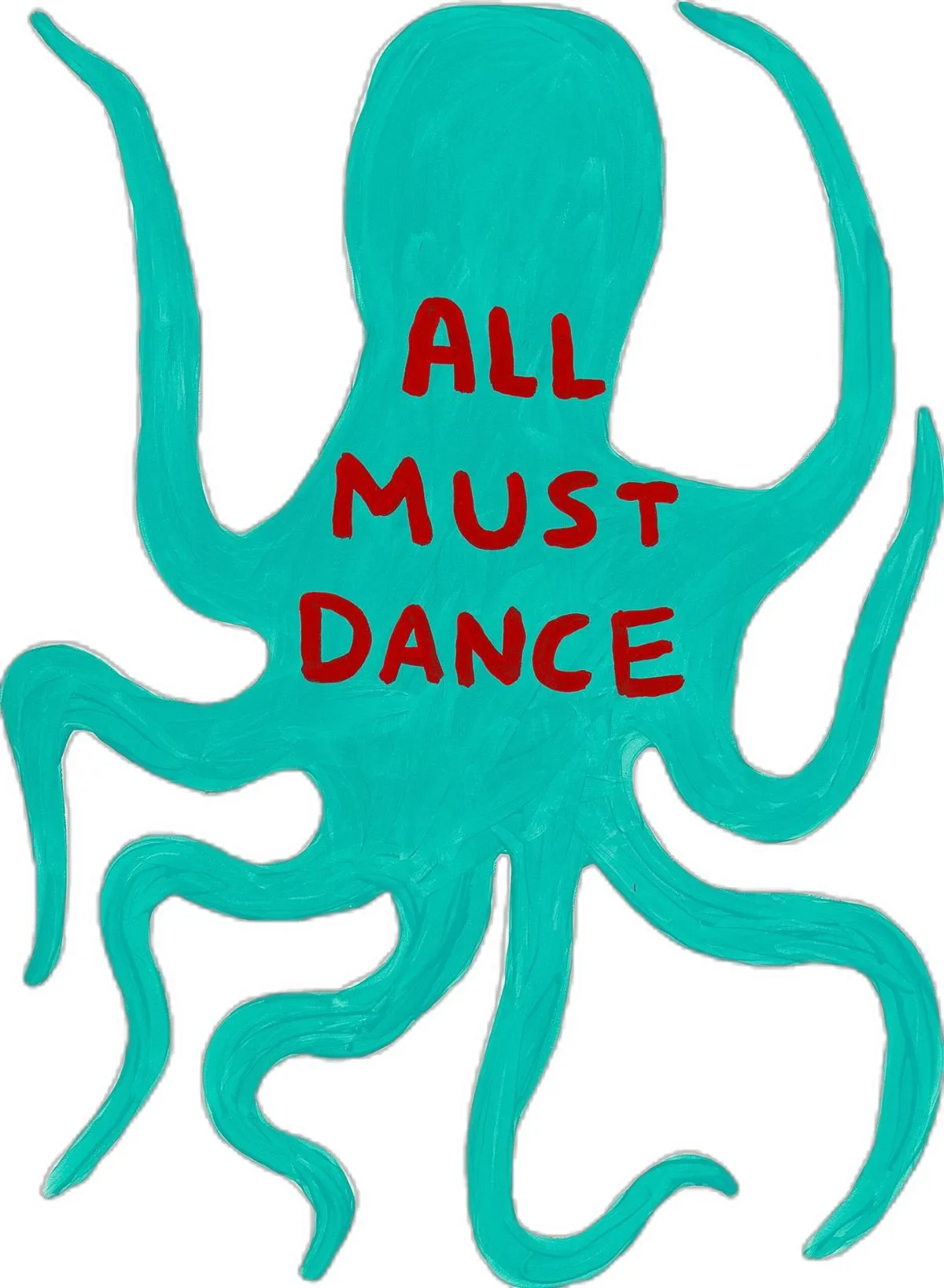


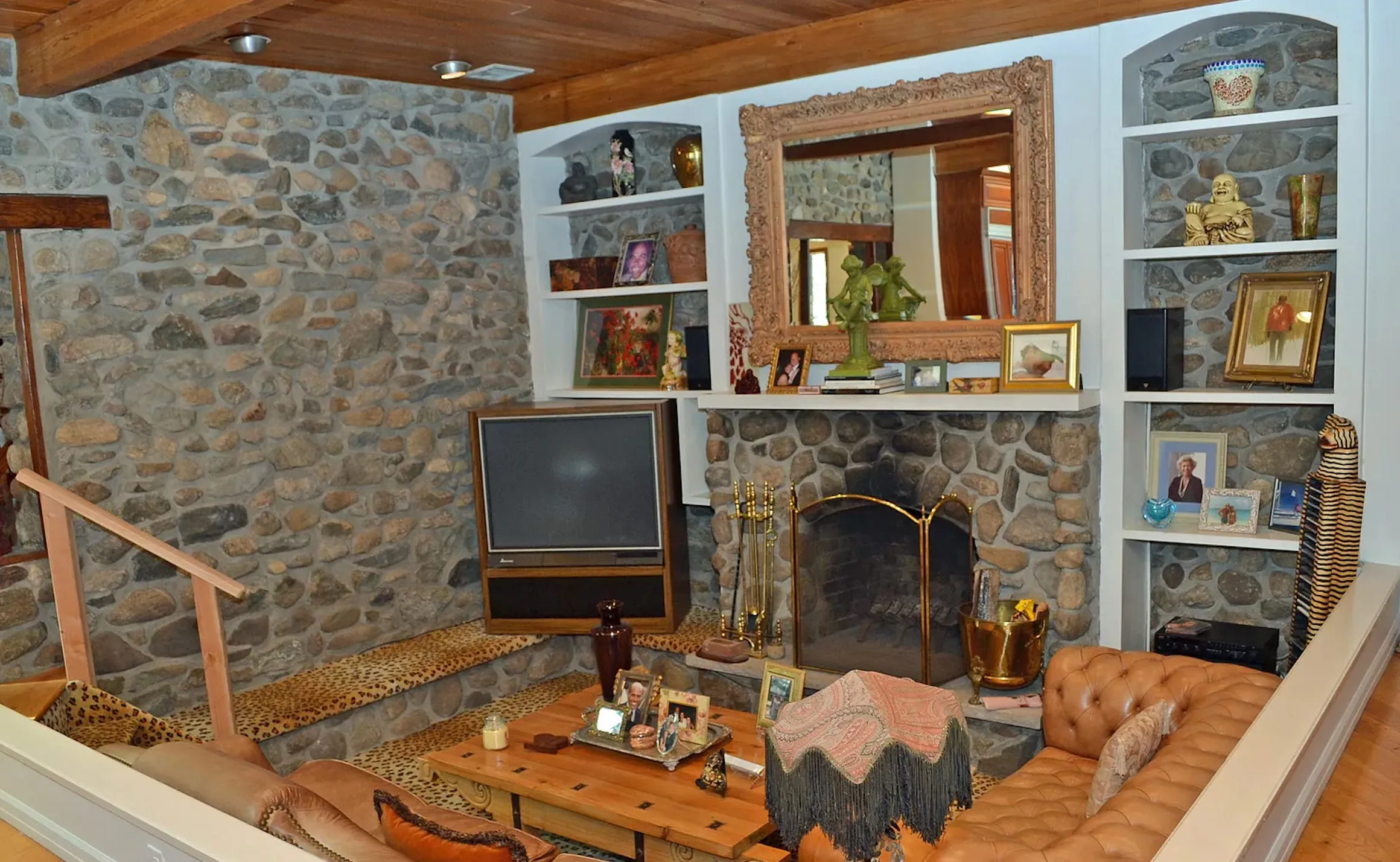
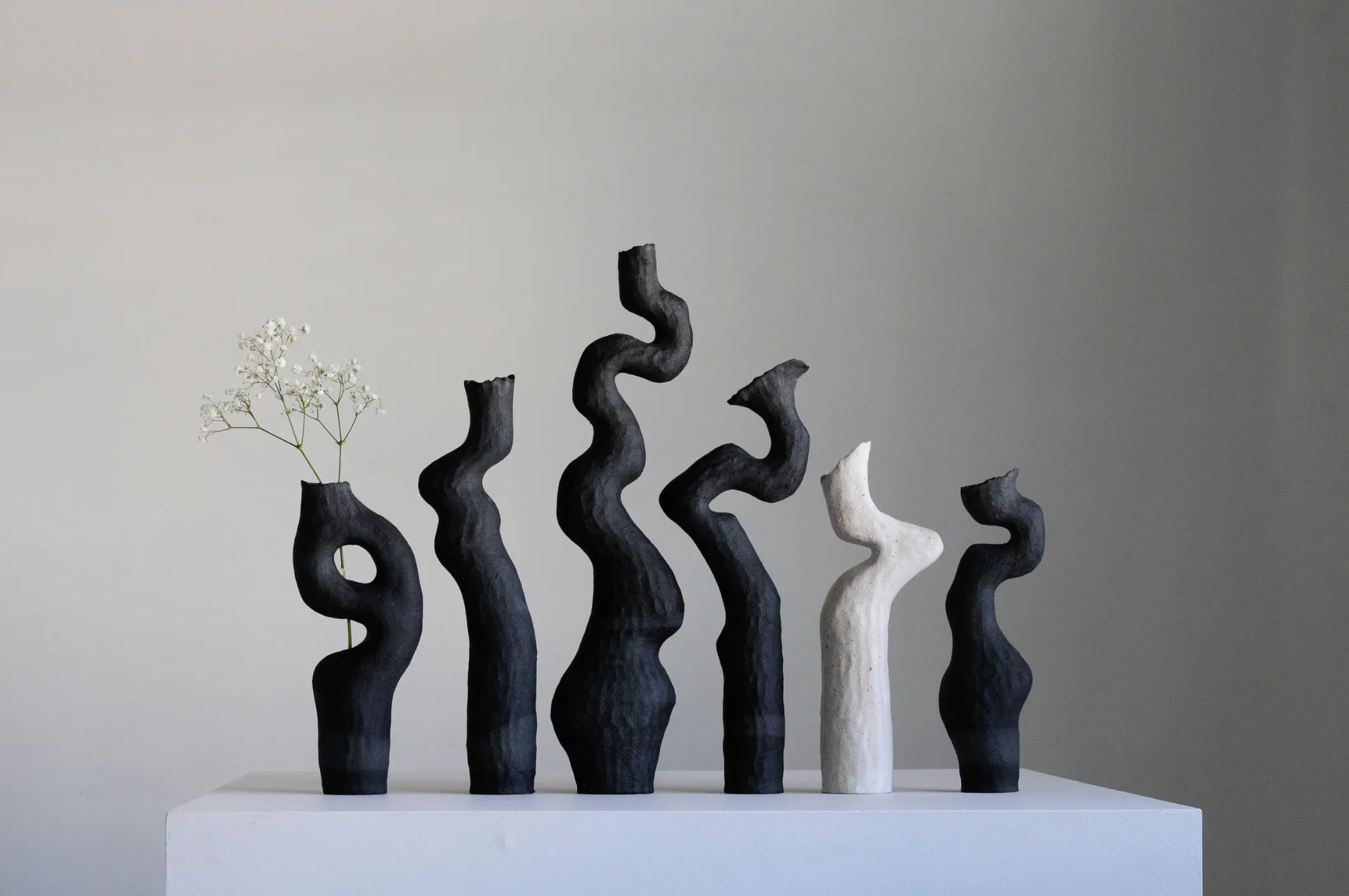
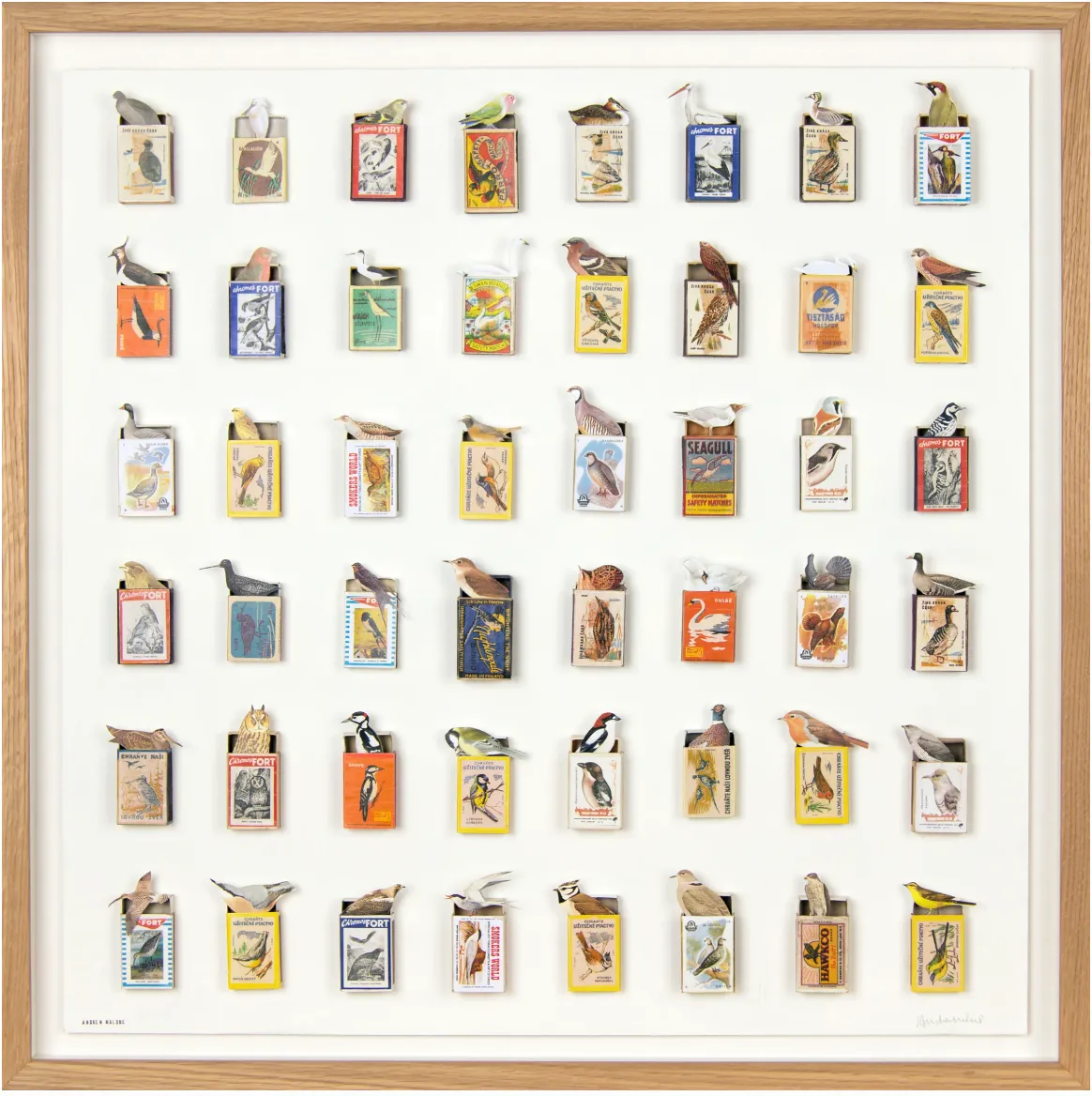

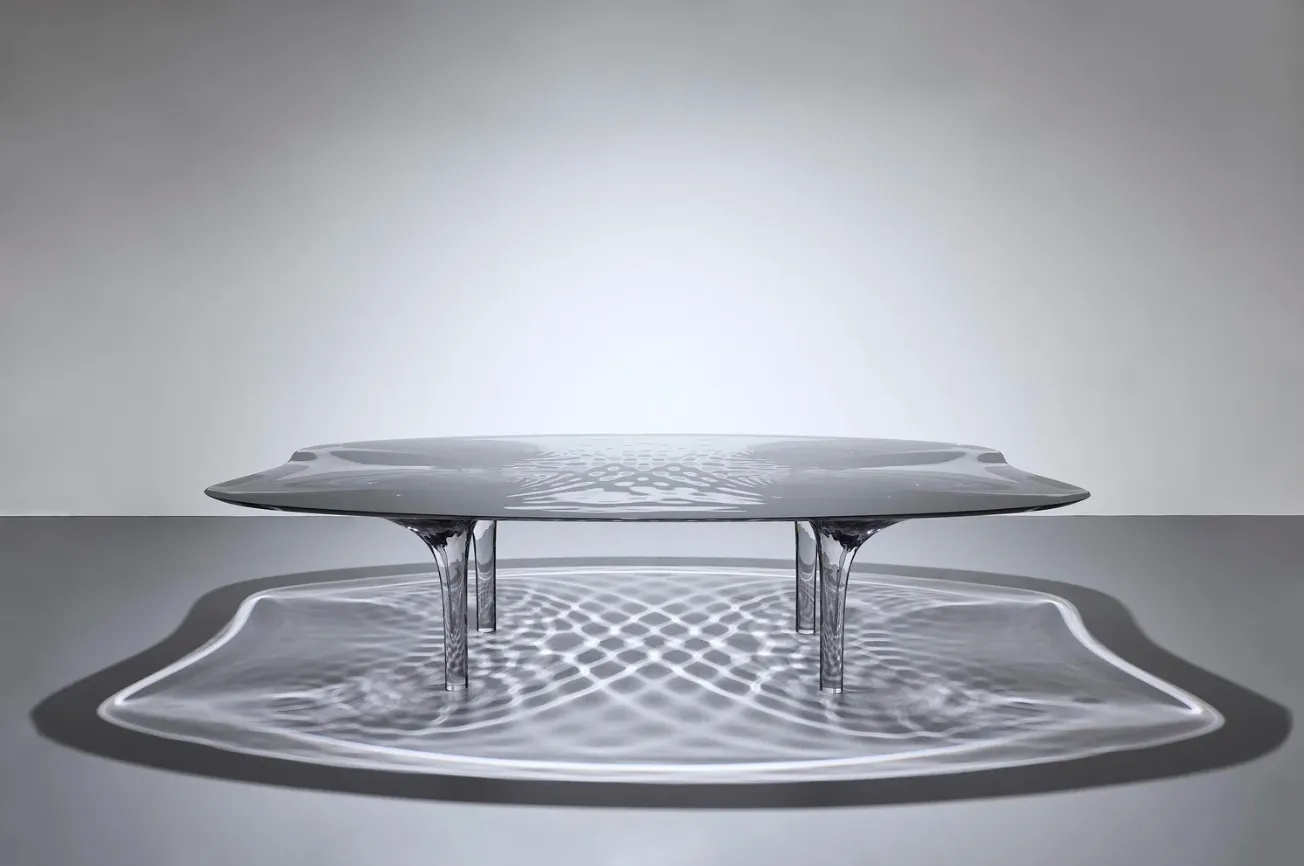
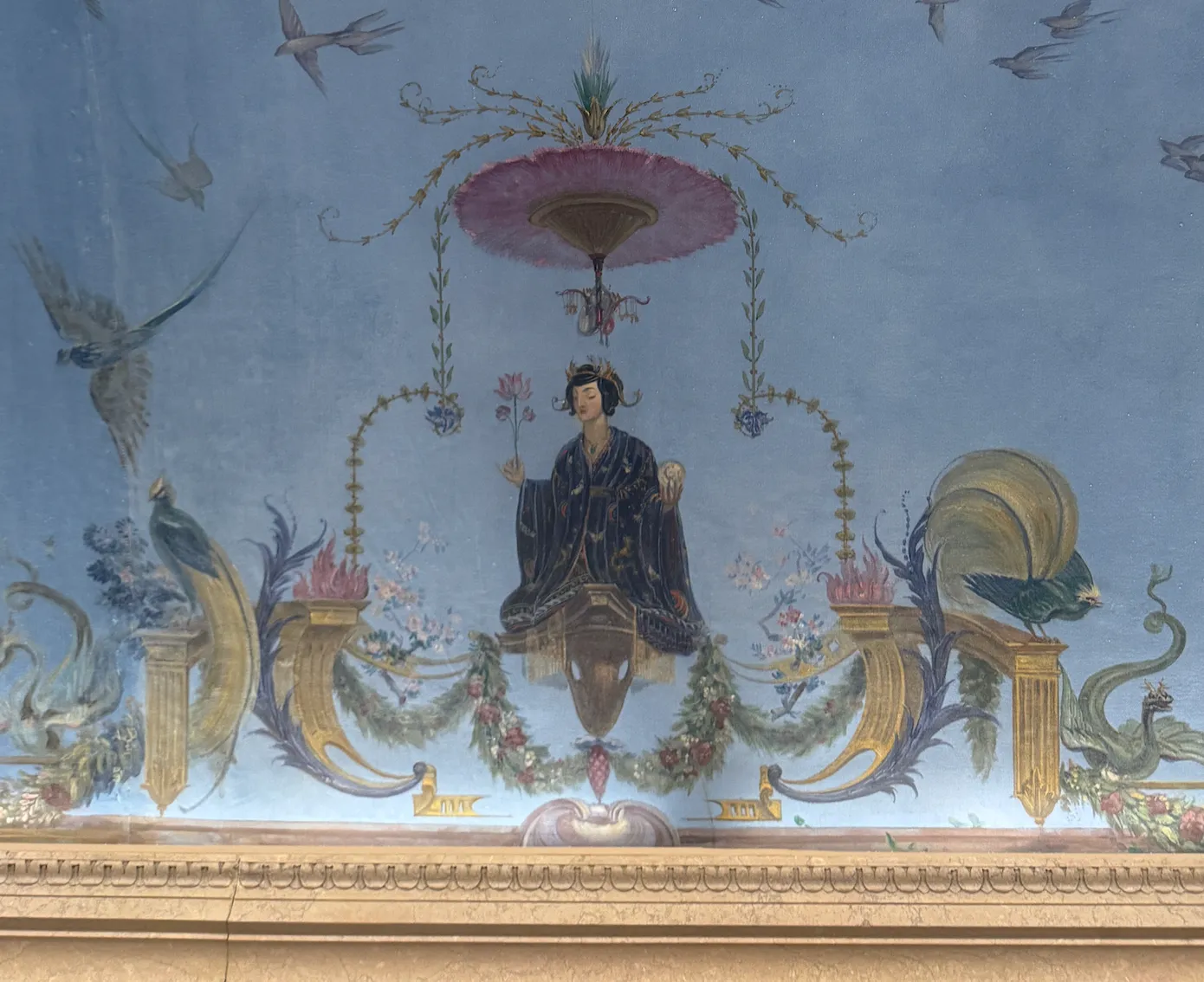
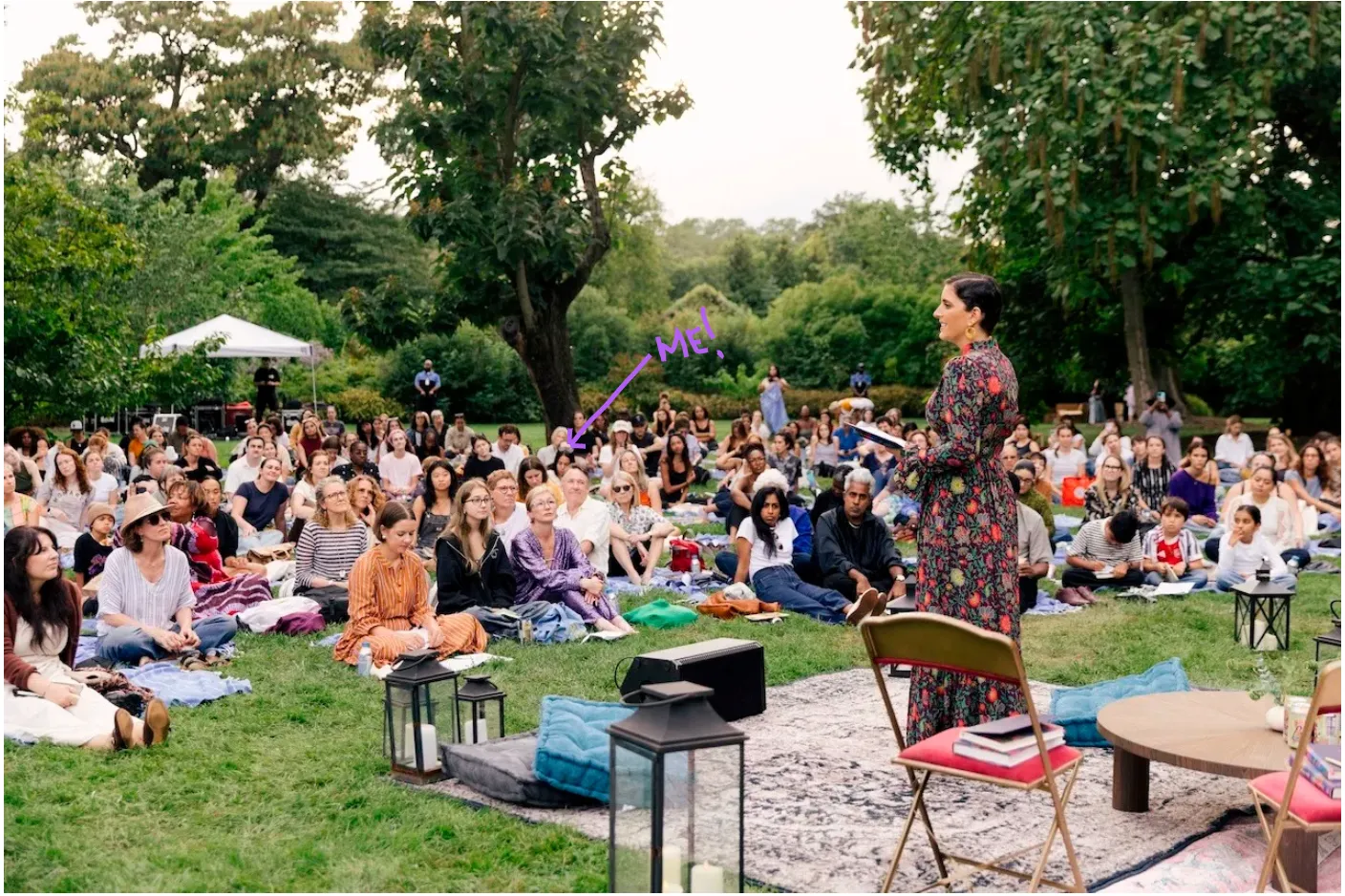
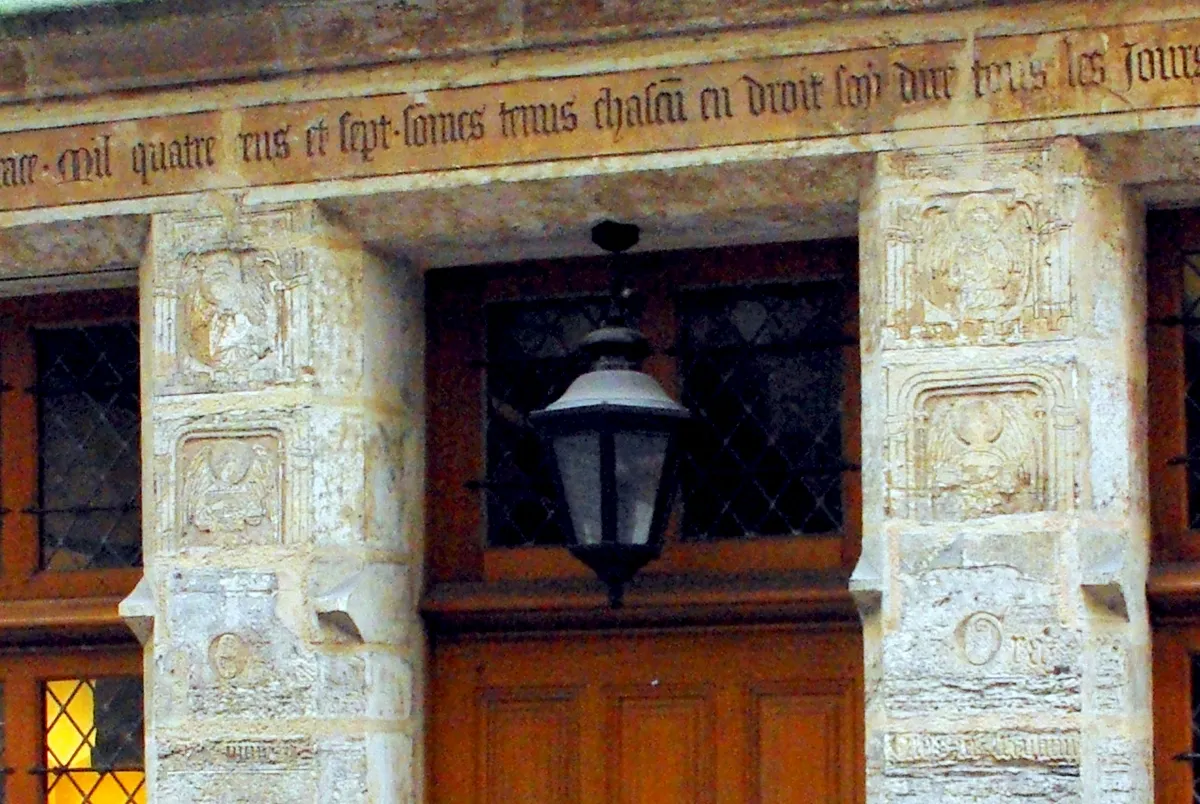
.webp)

.webp)
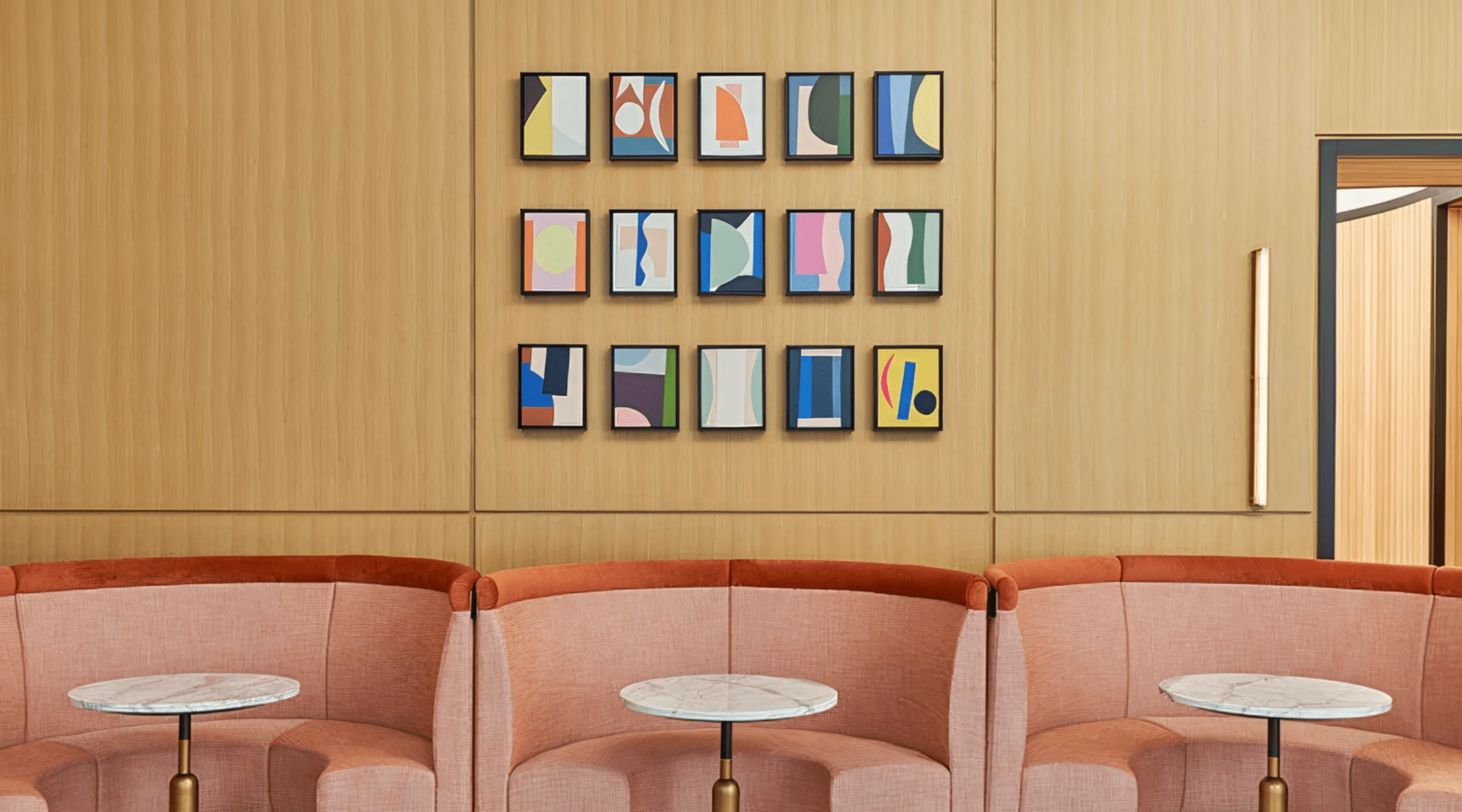
.webp)
.webp)
.webp)
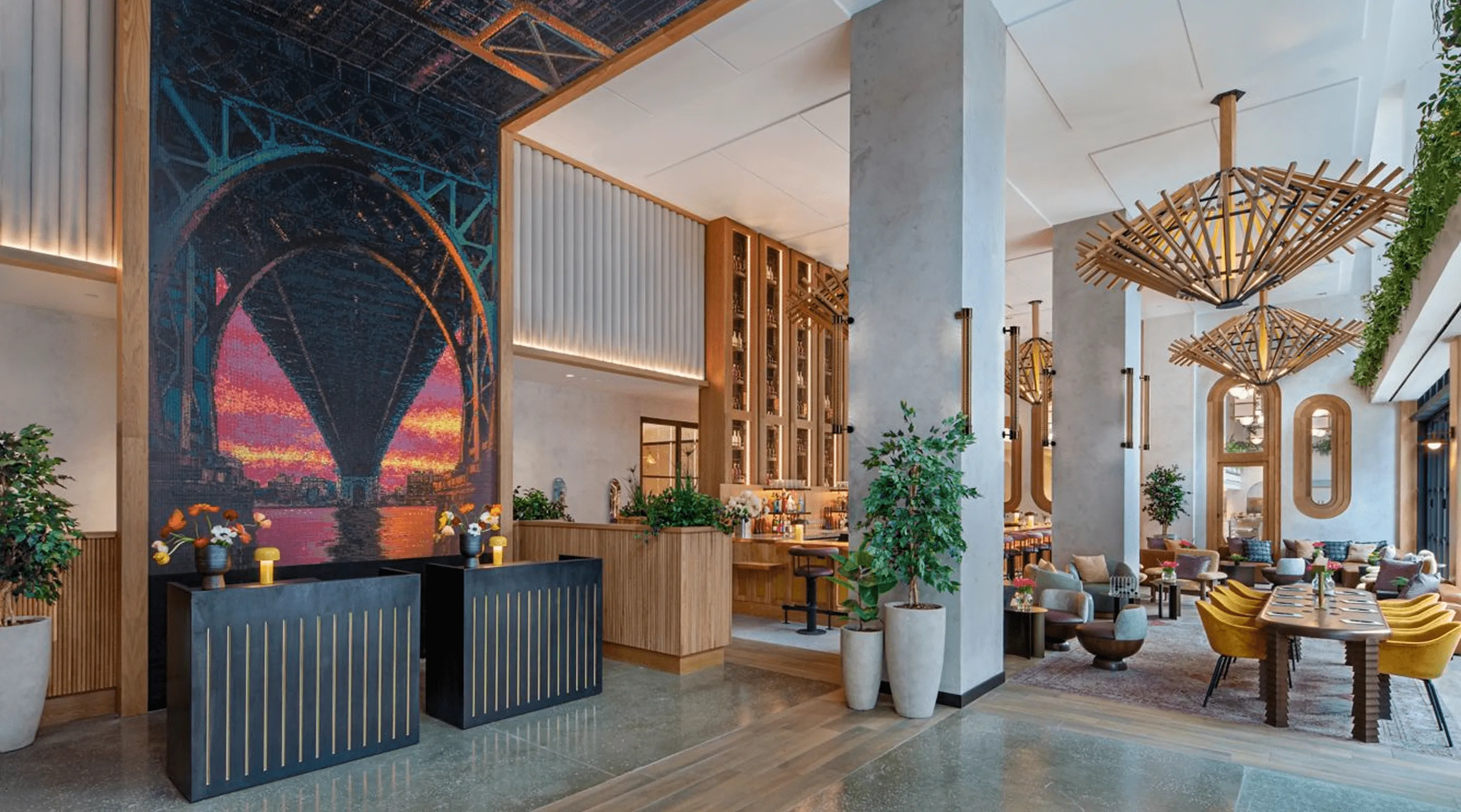
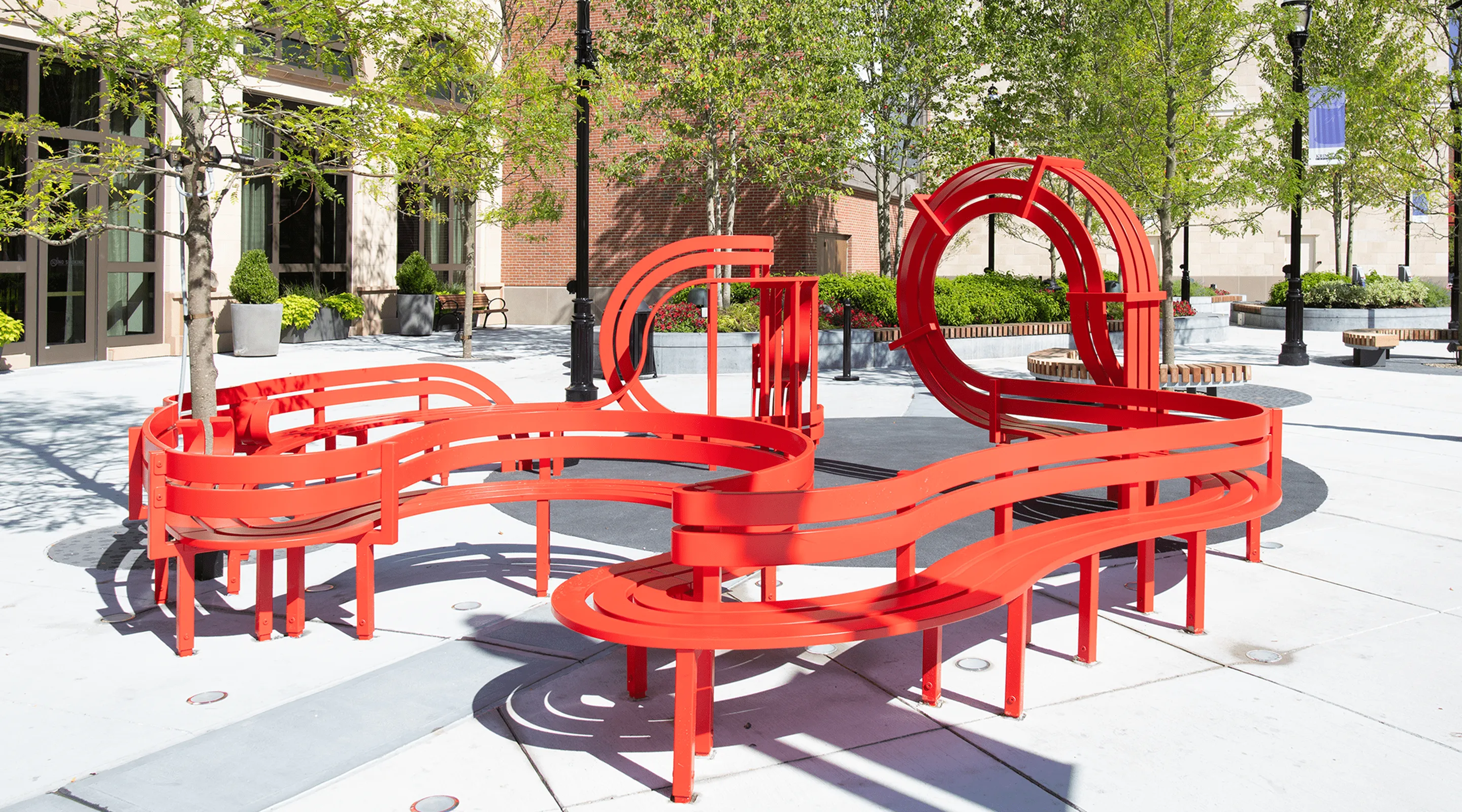
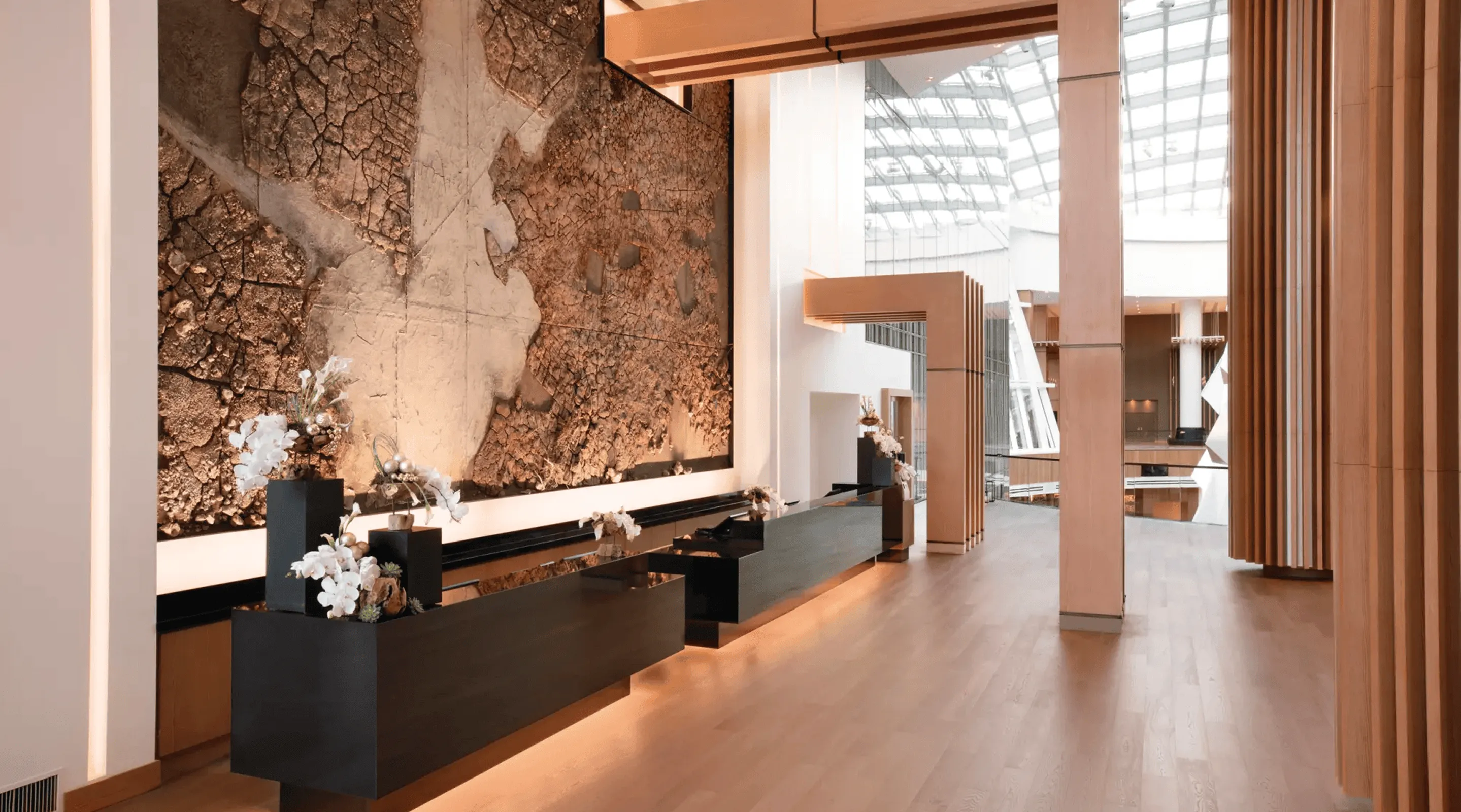
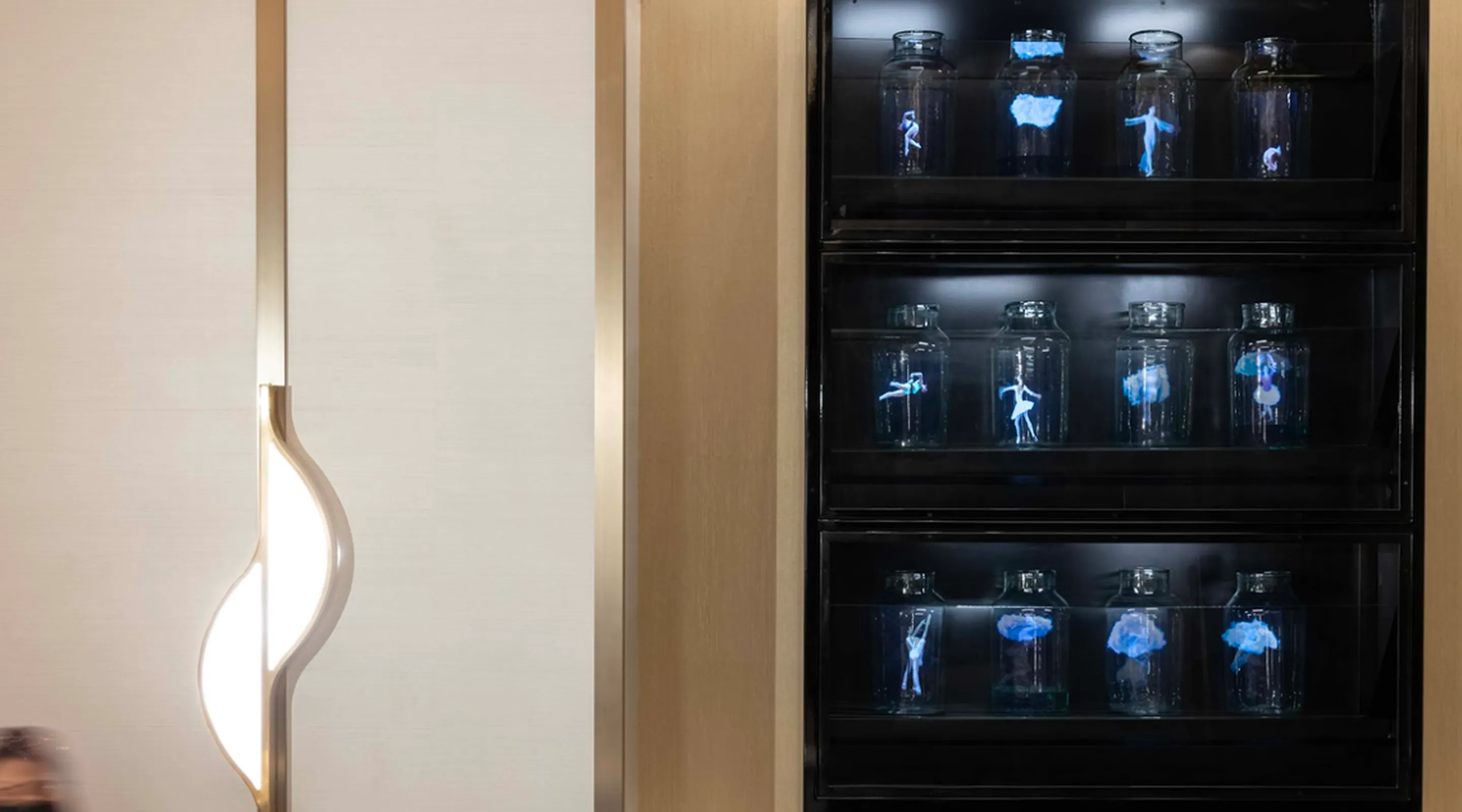
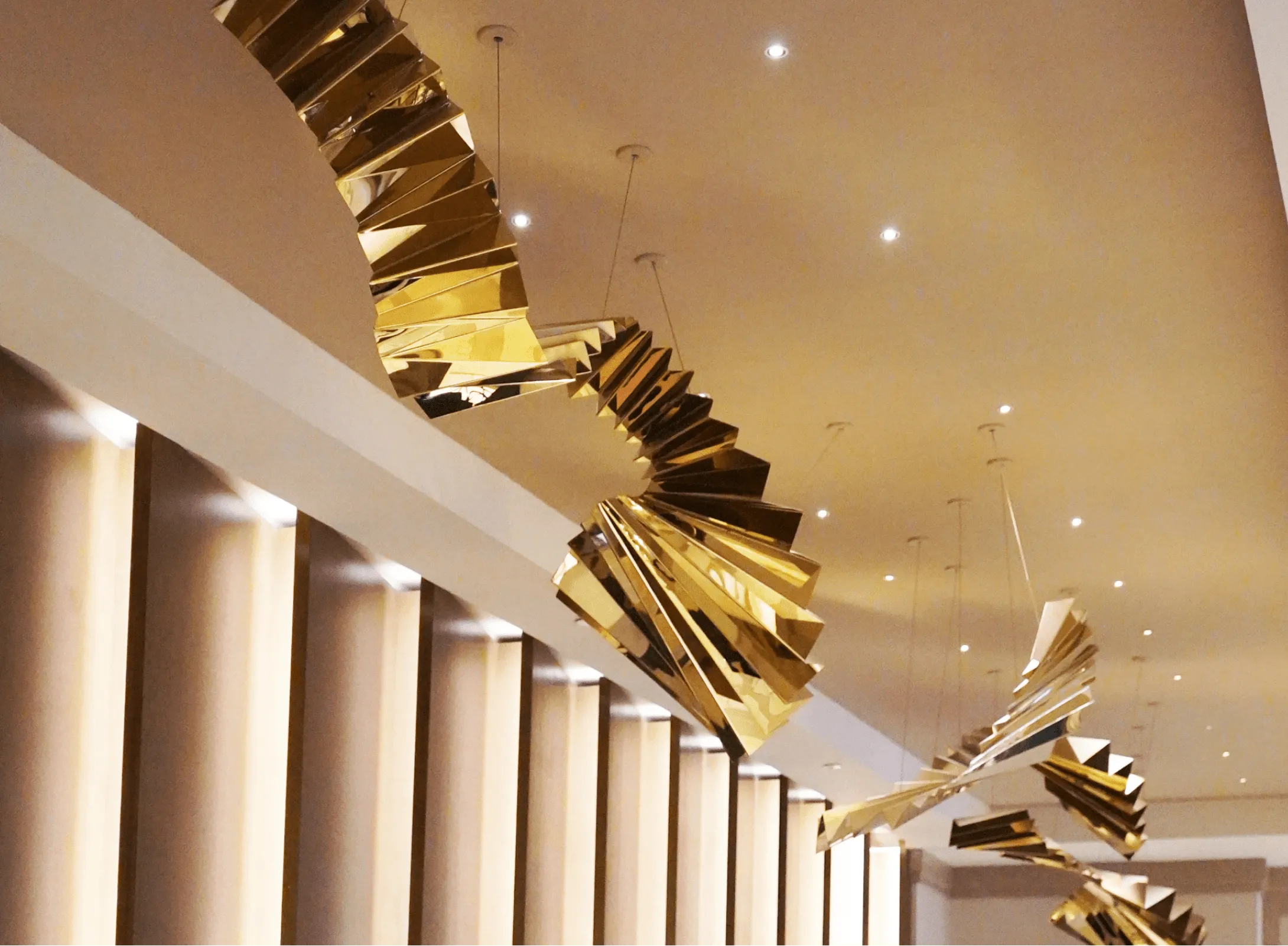
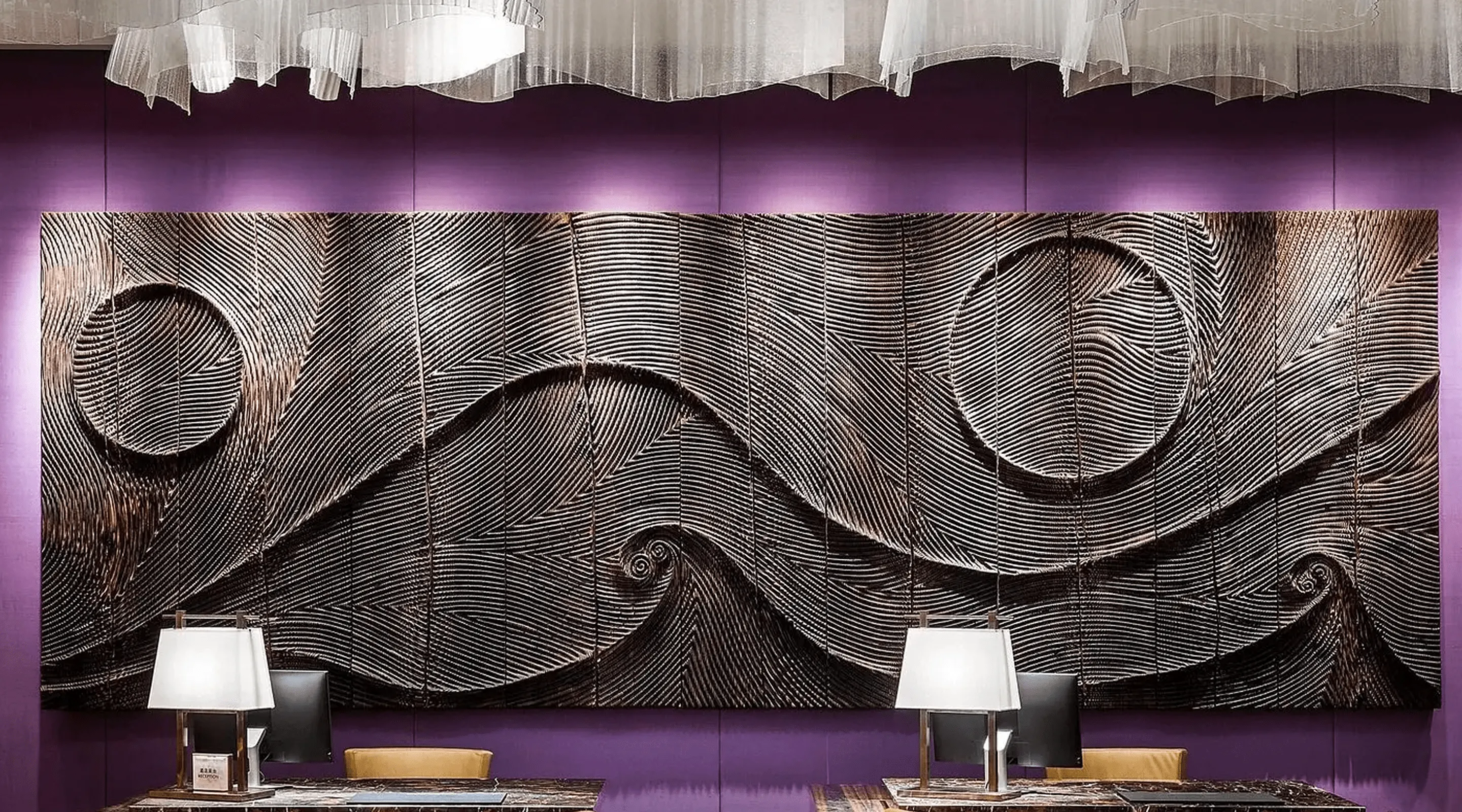
-min.webp)